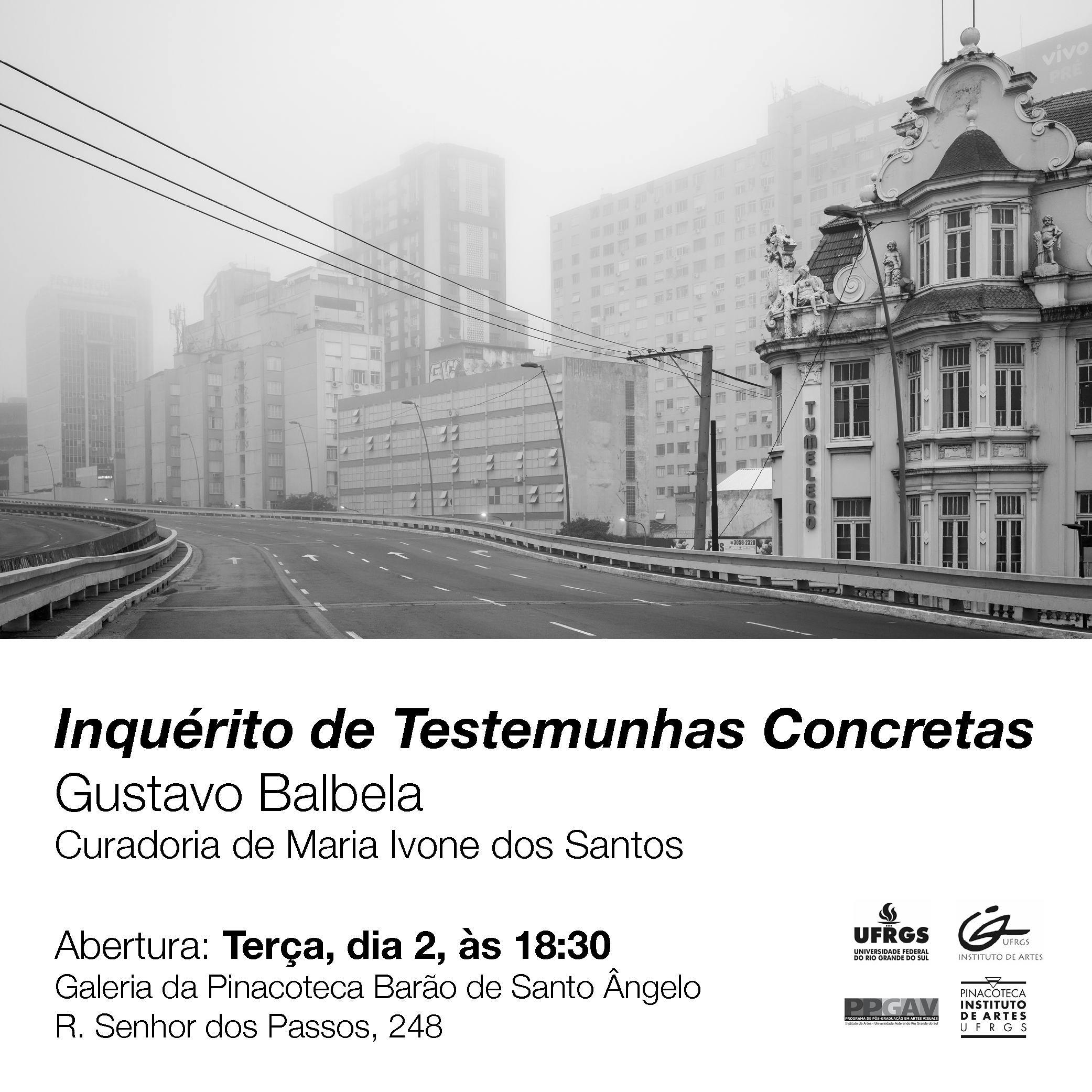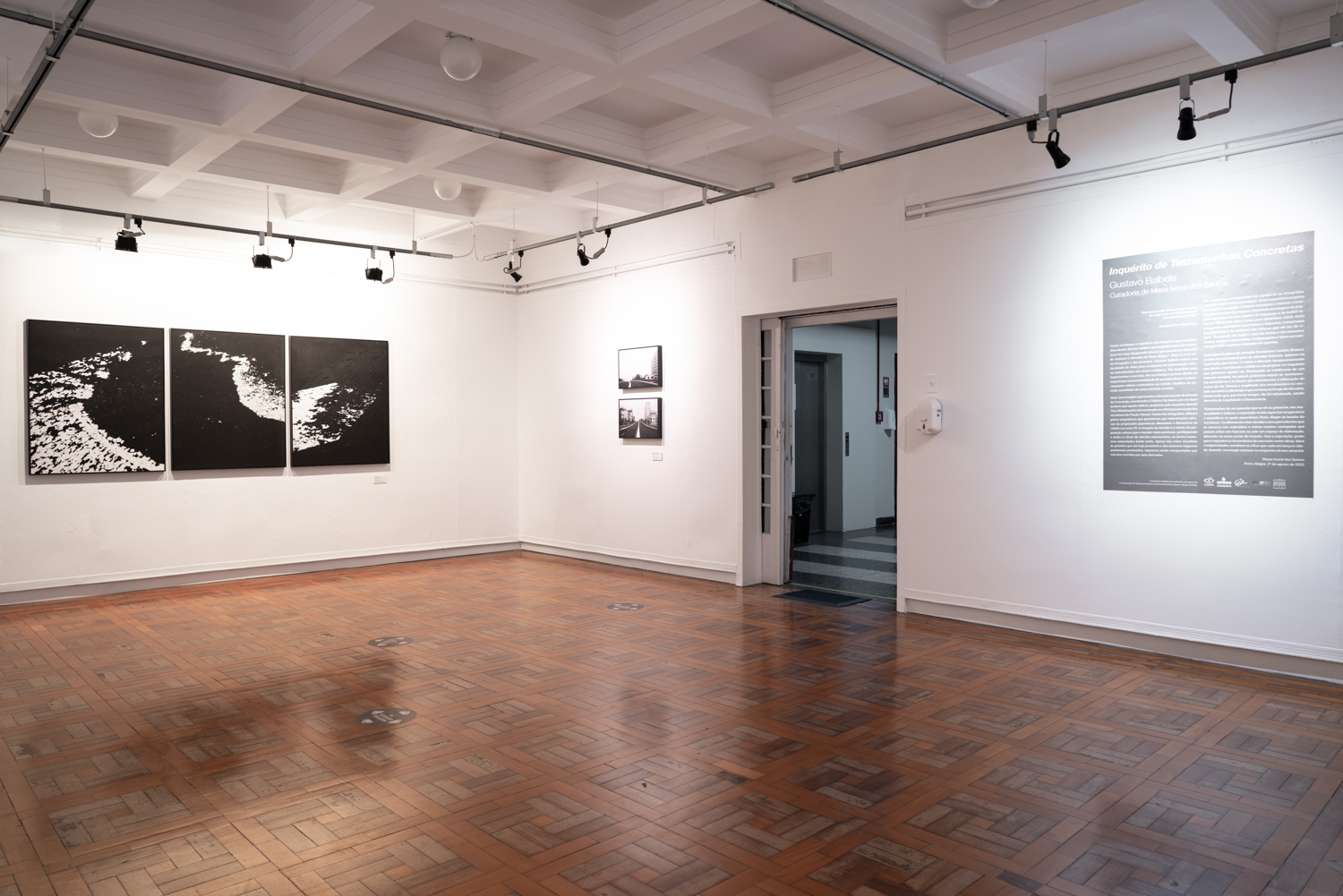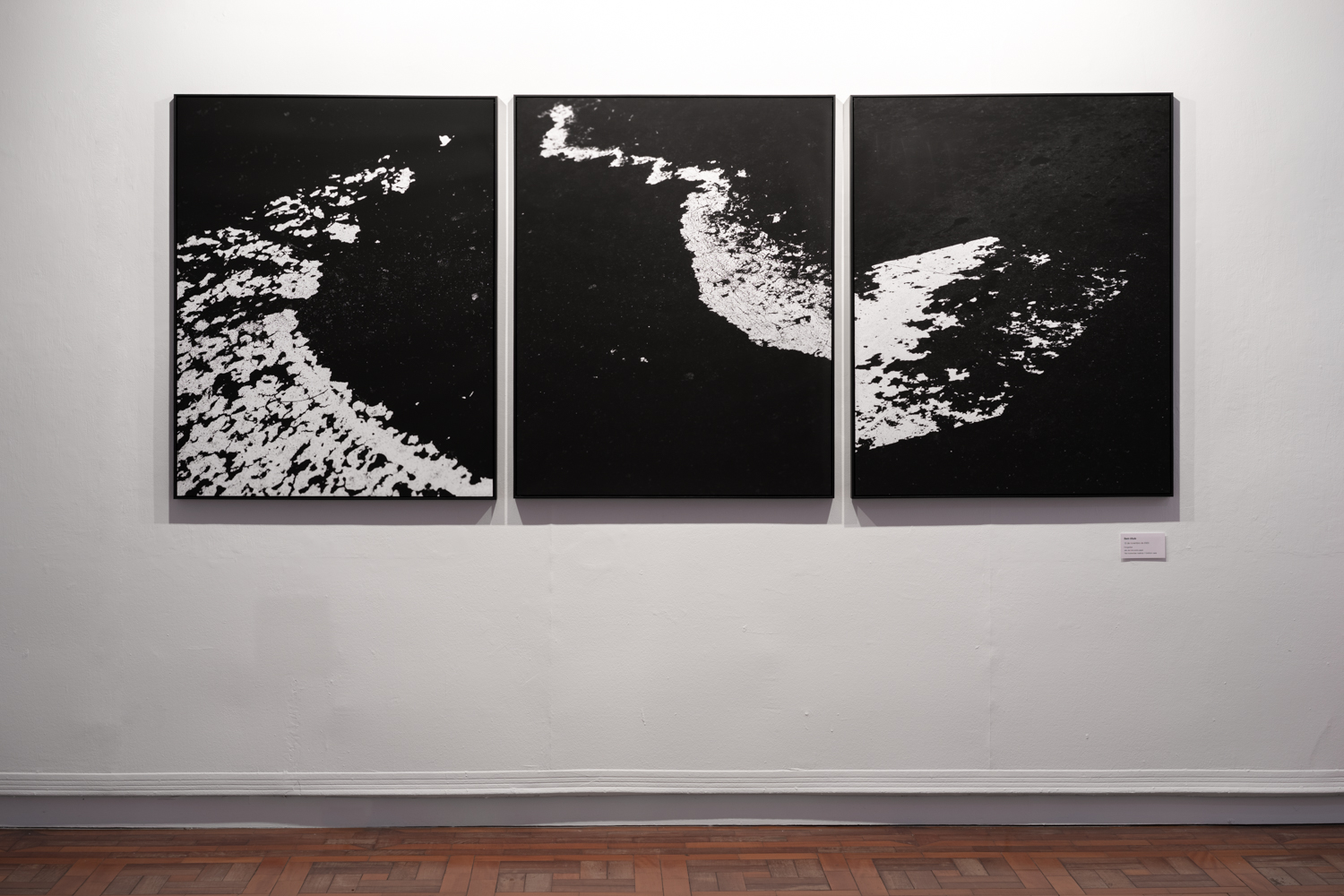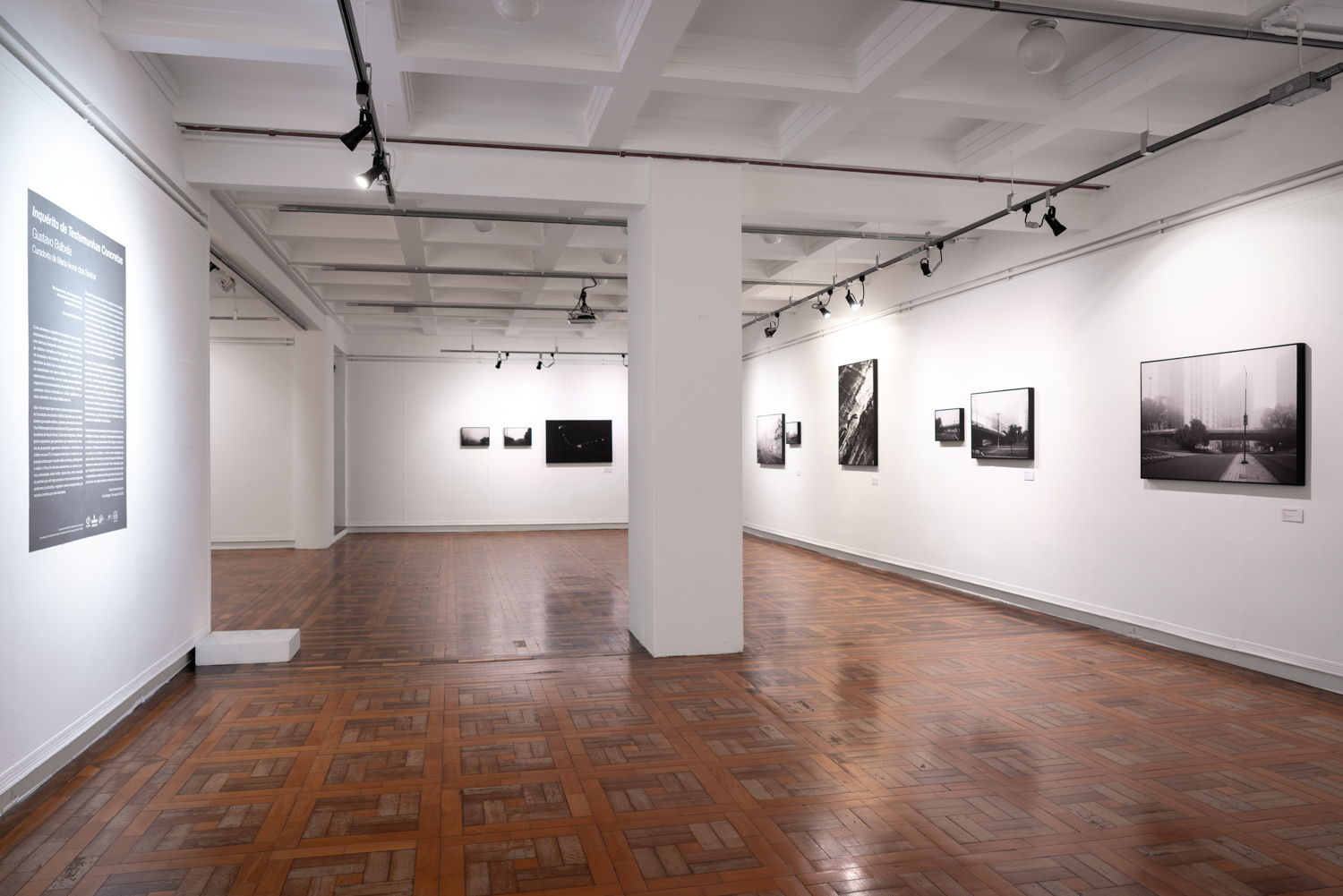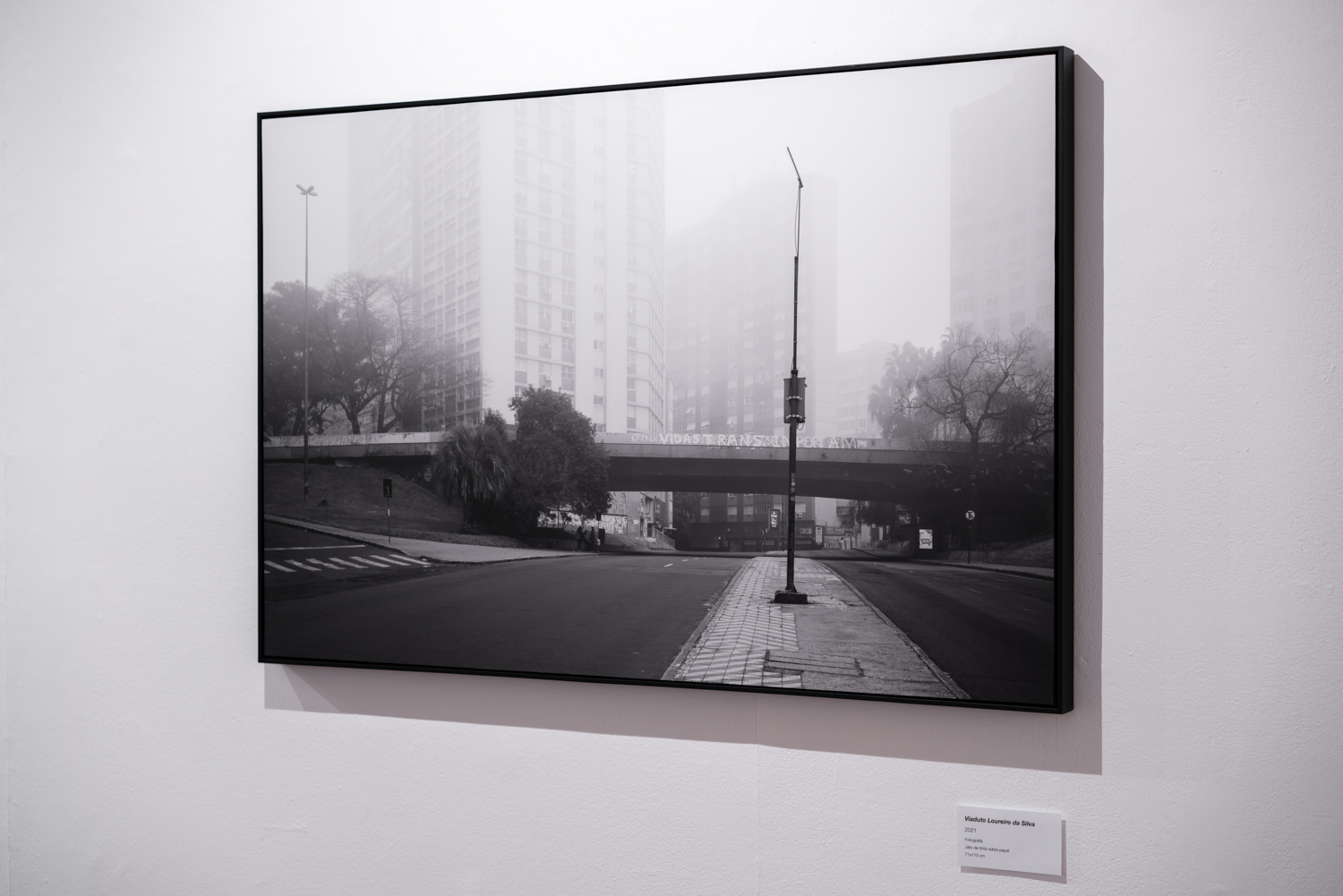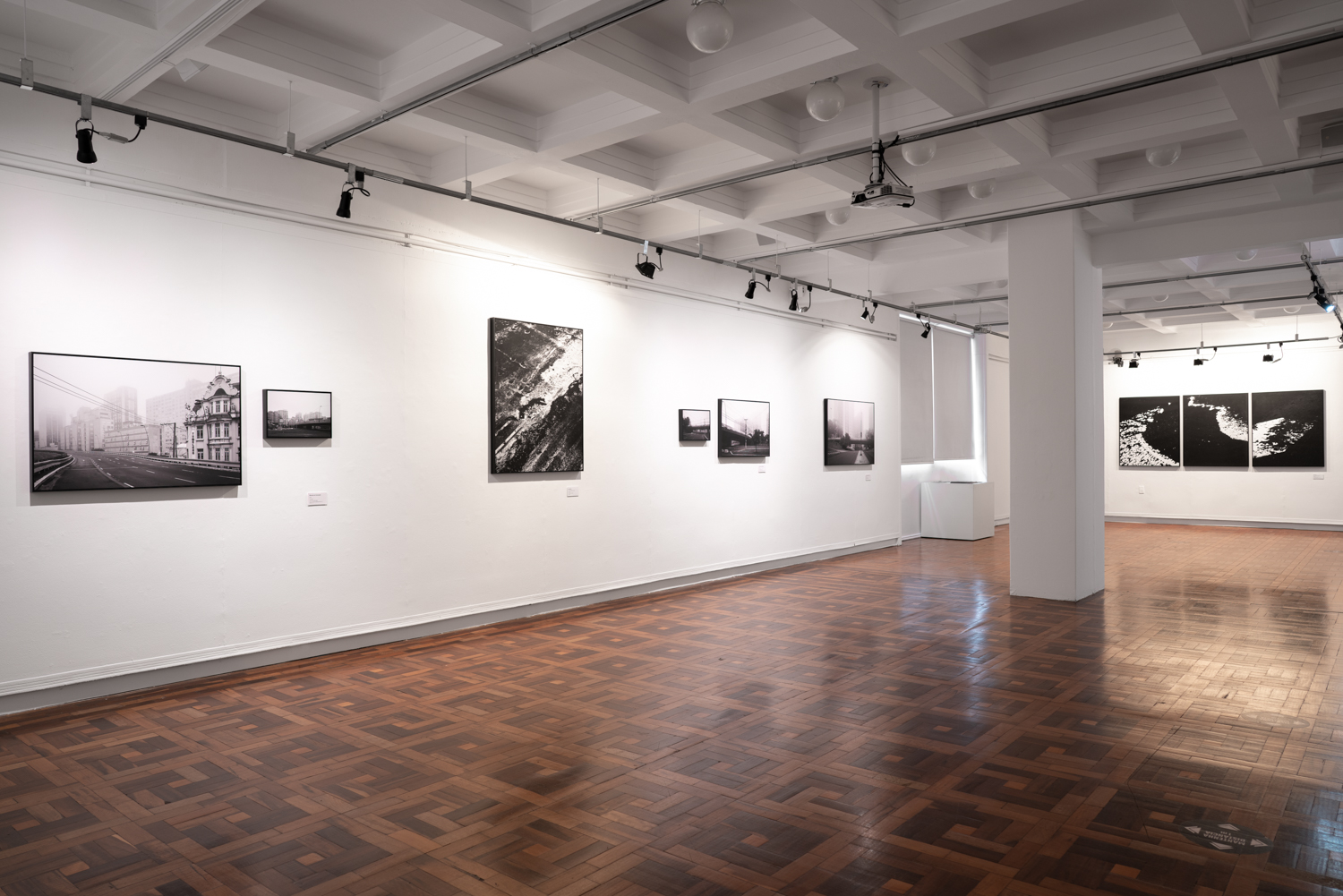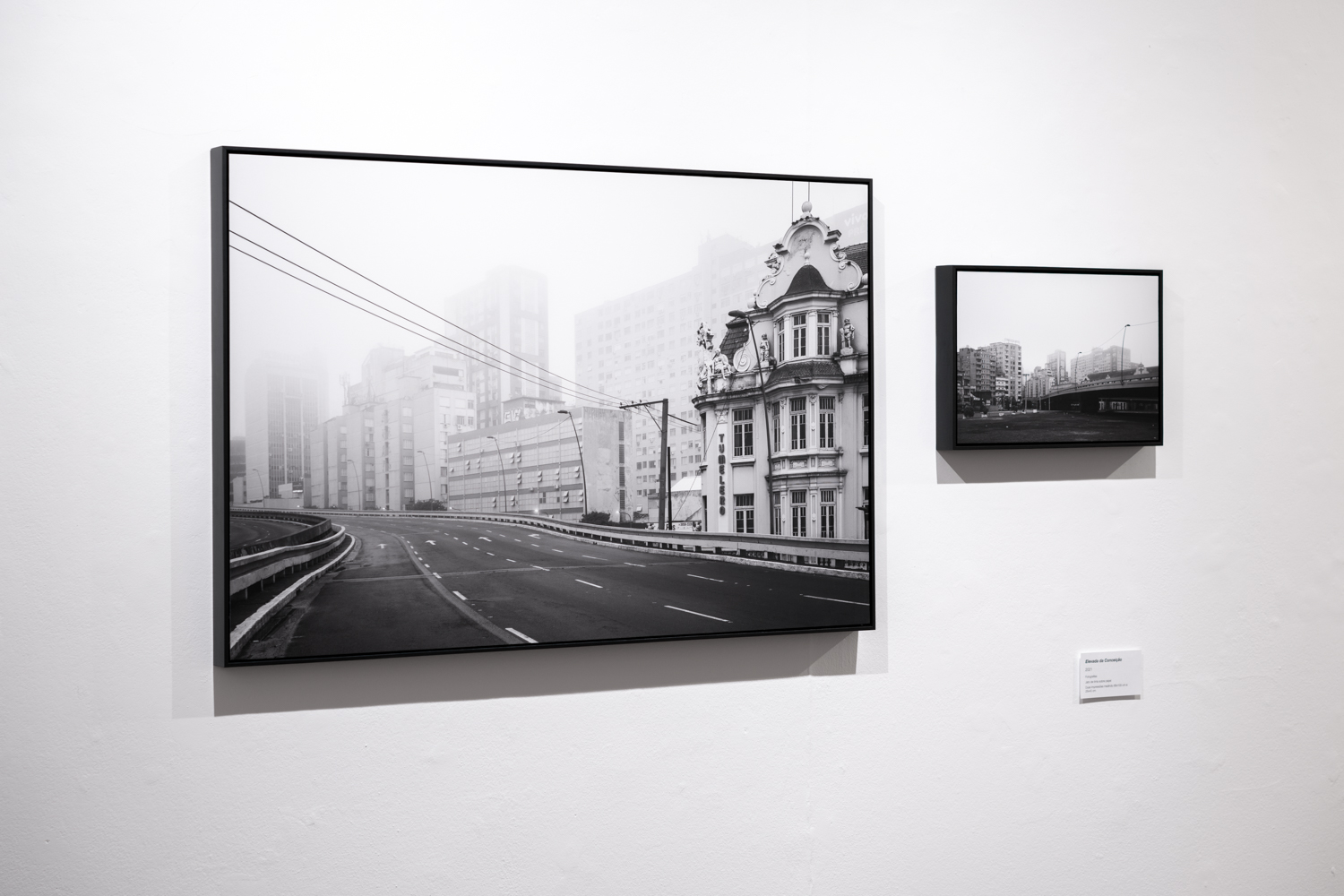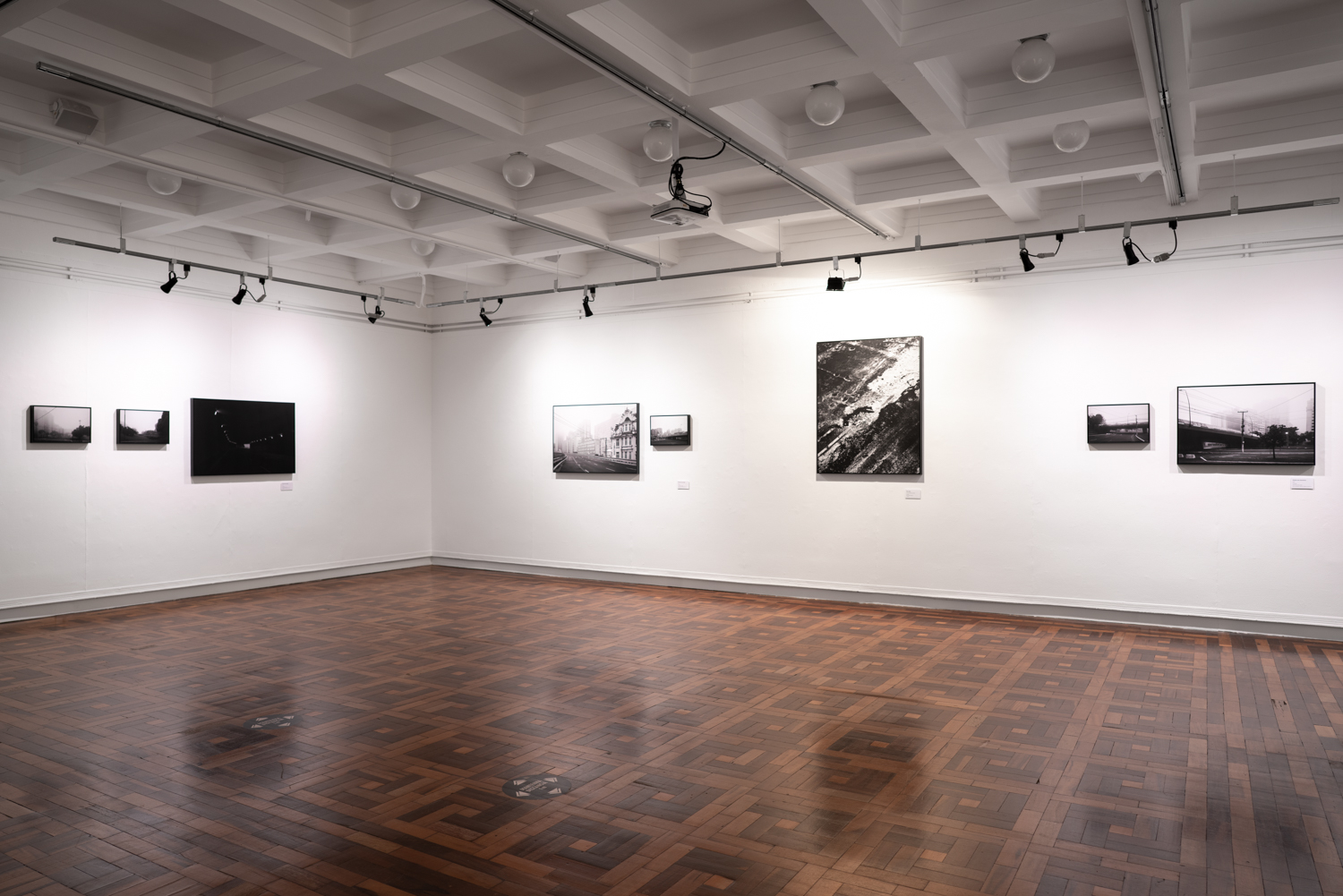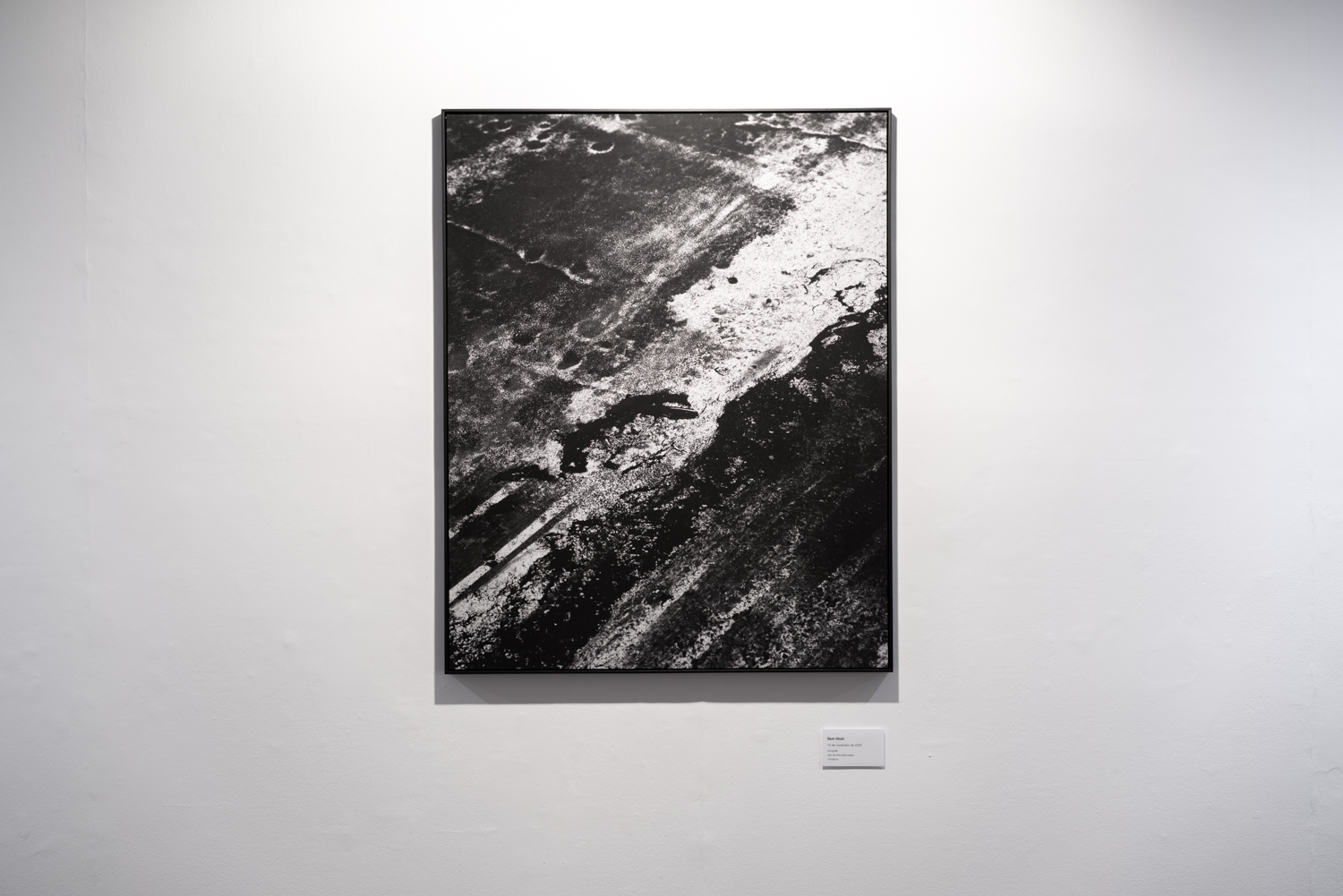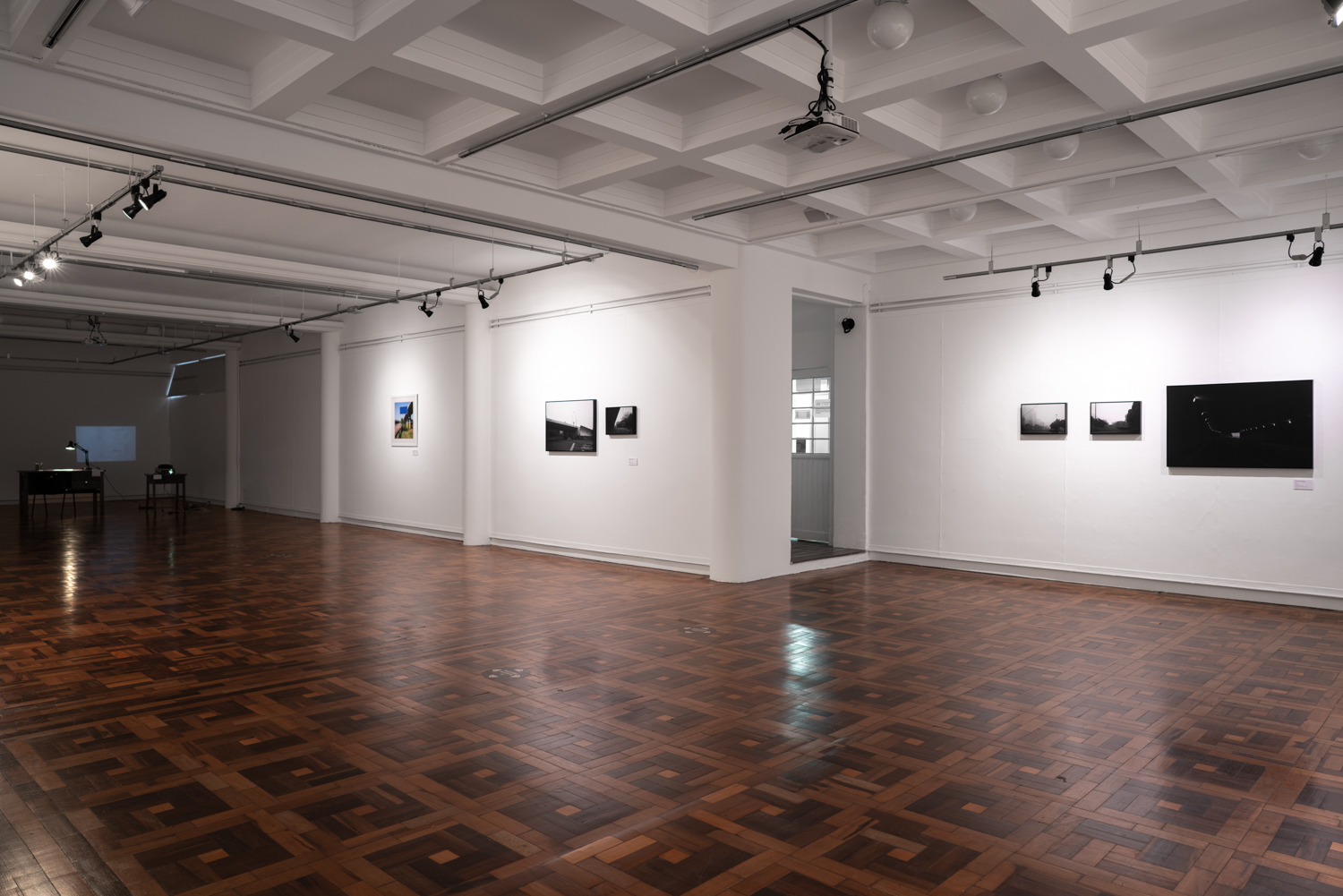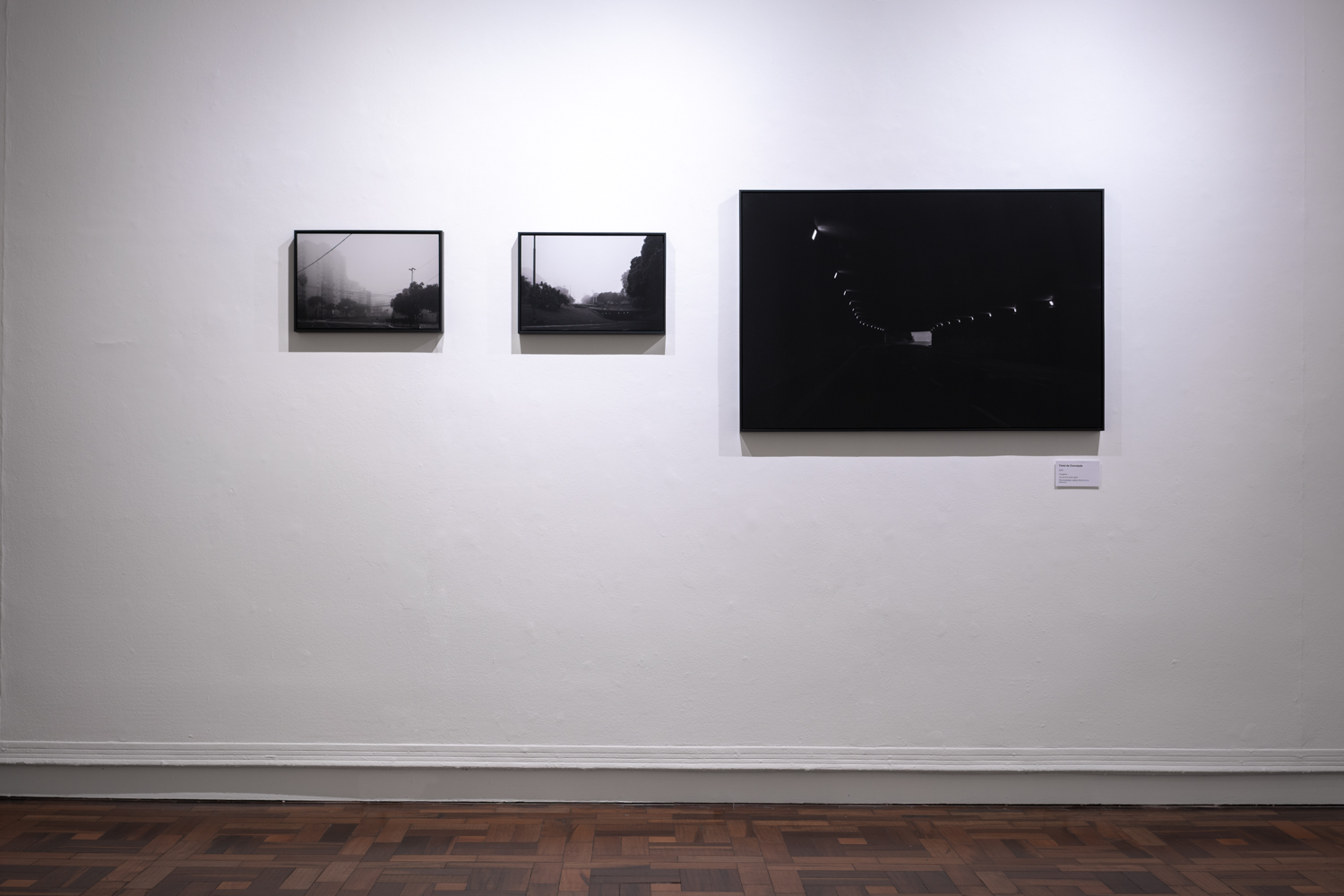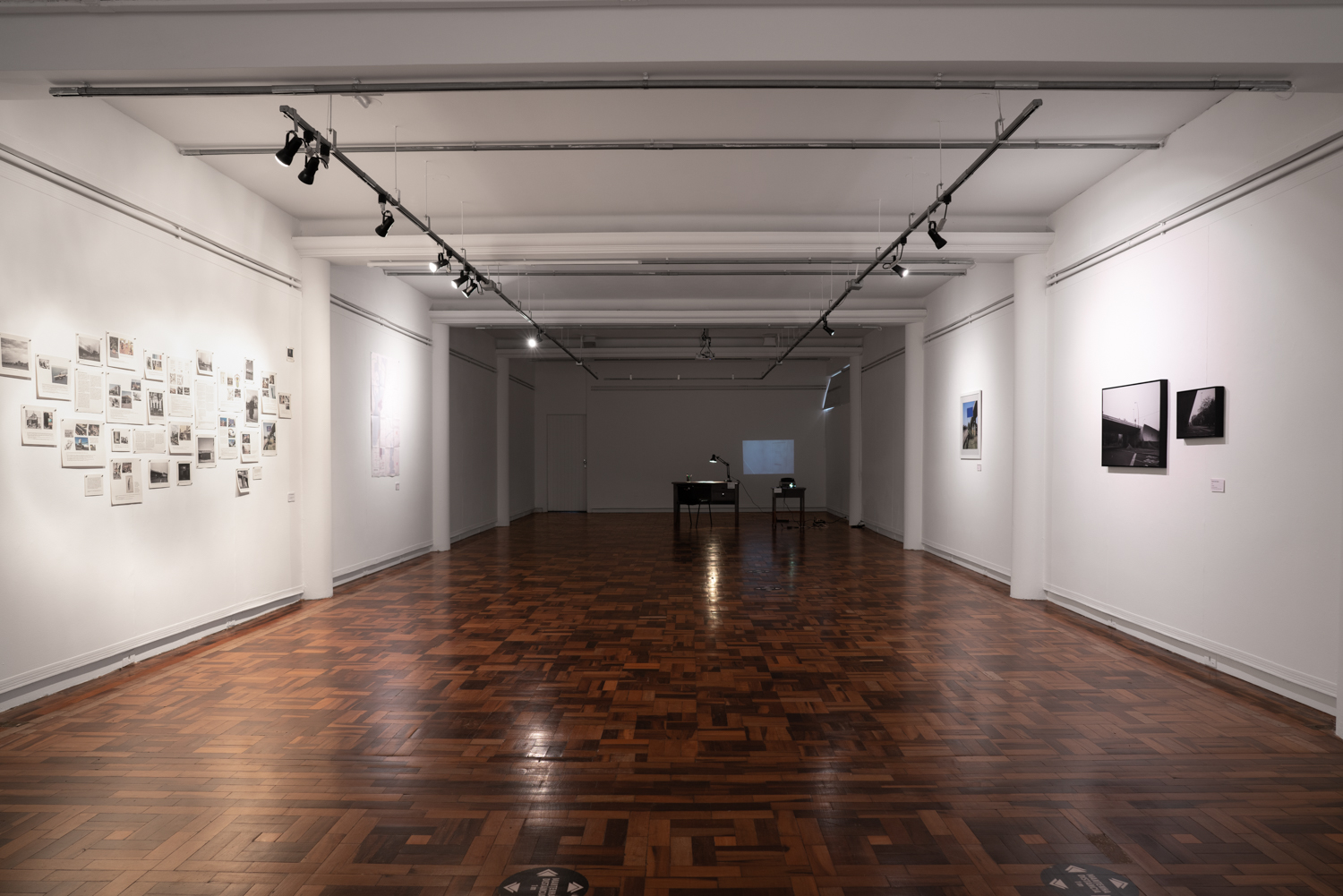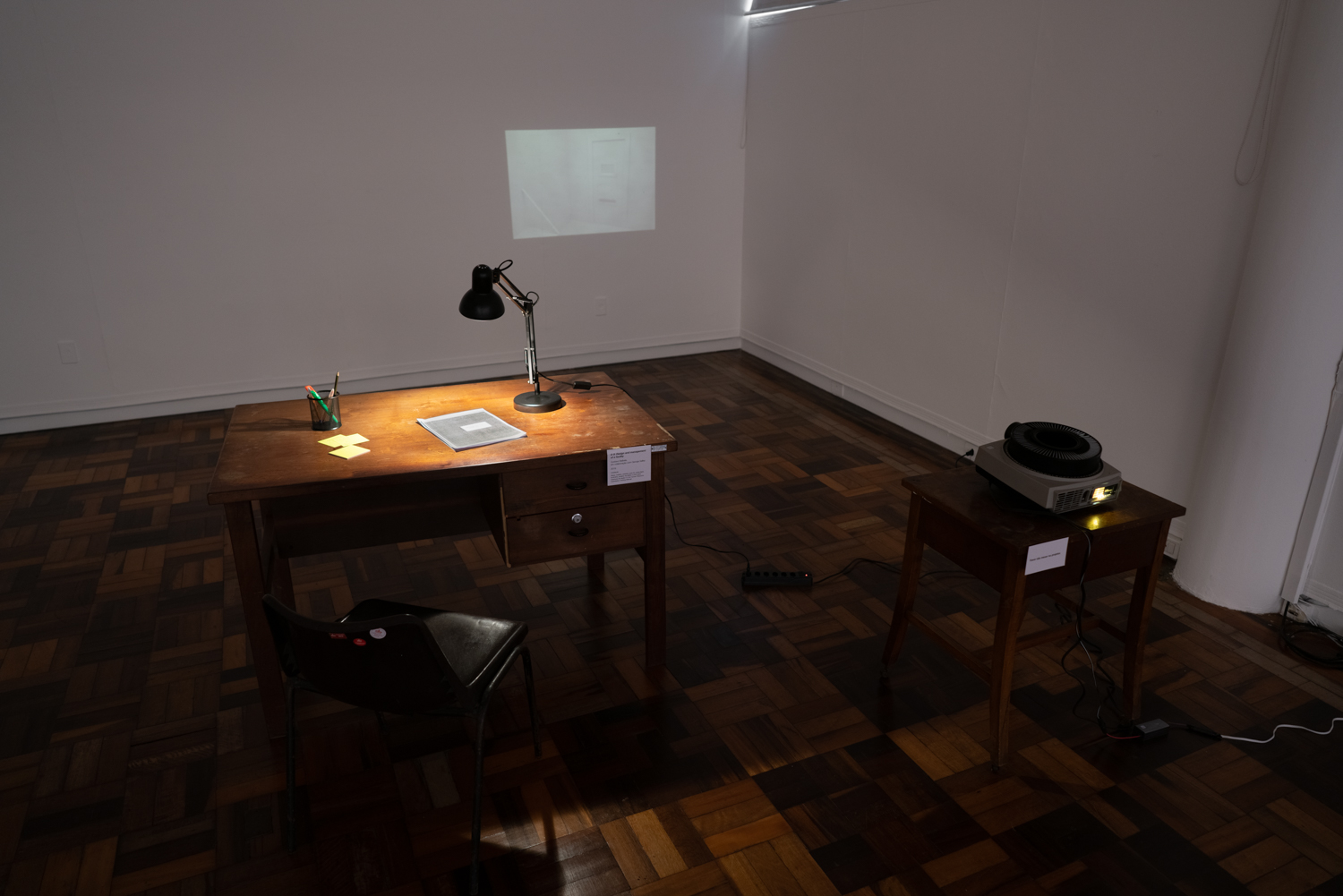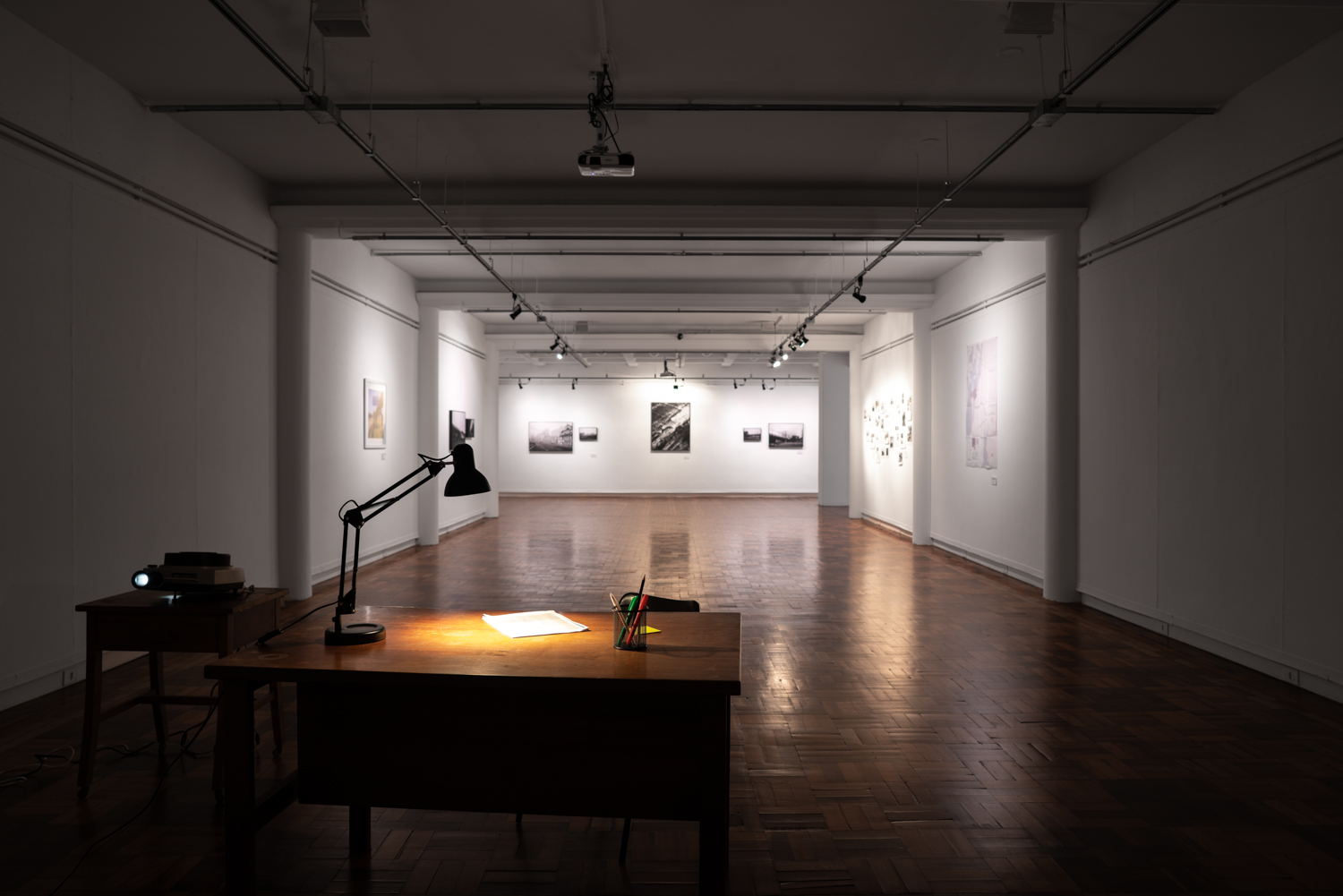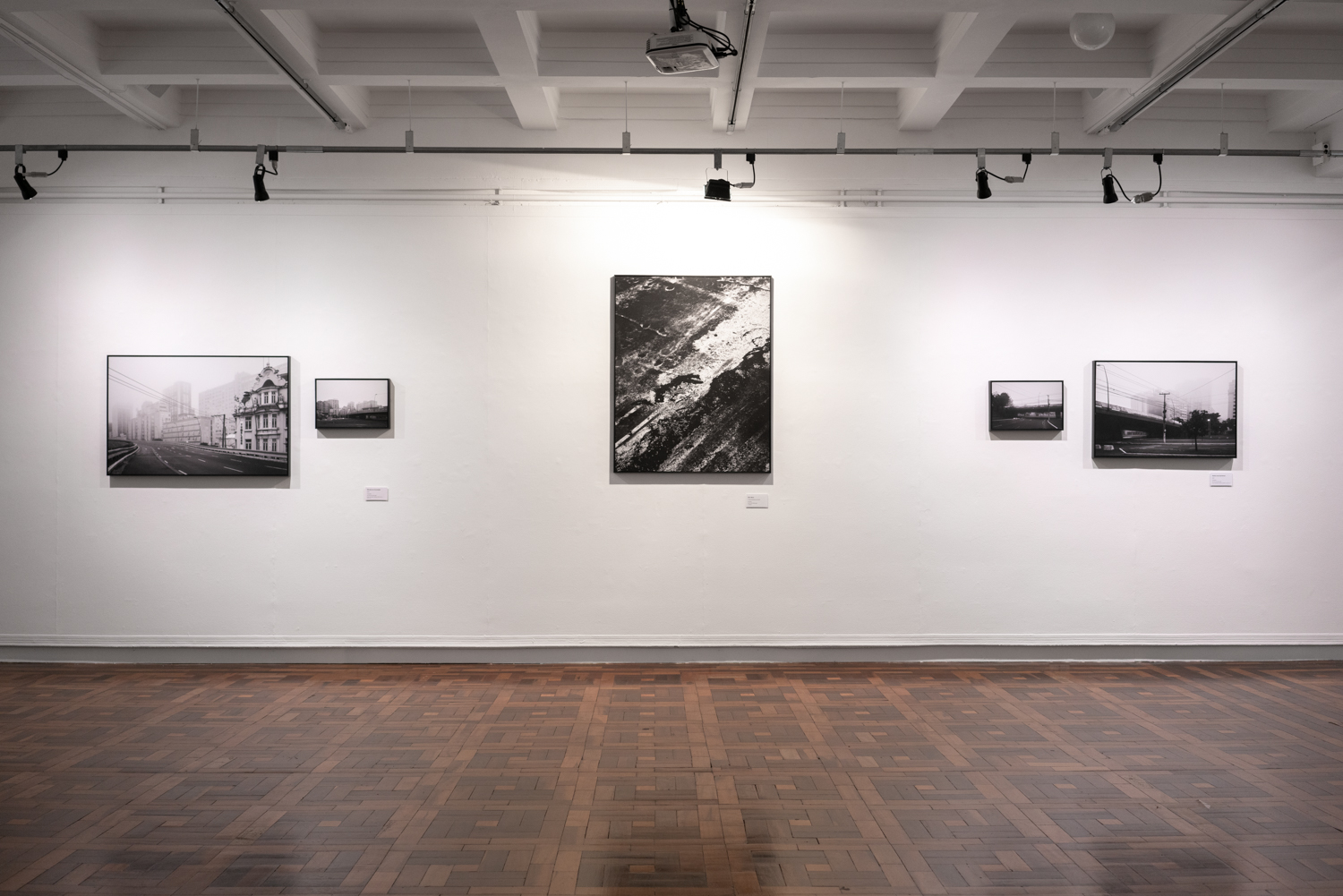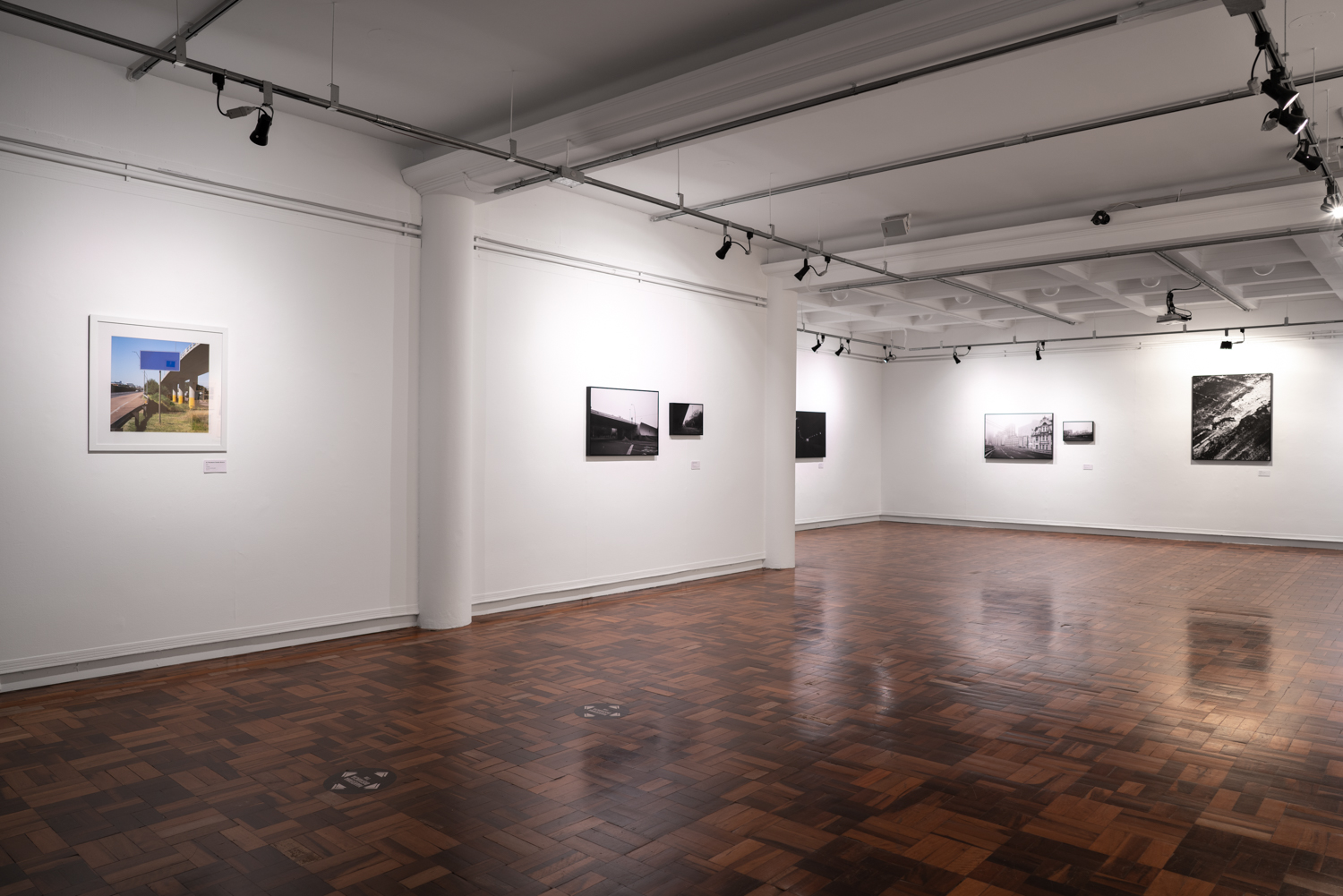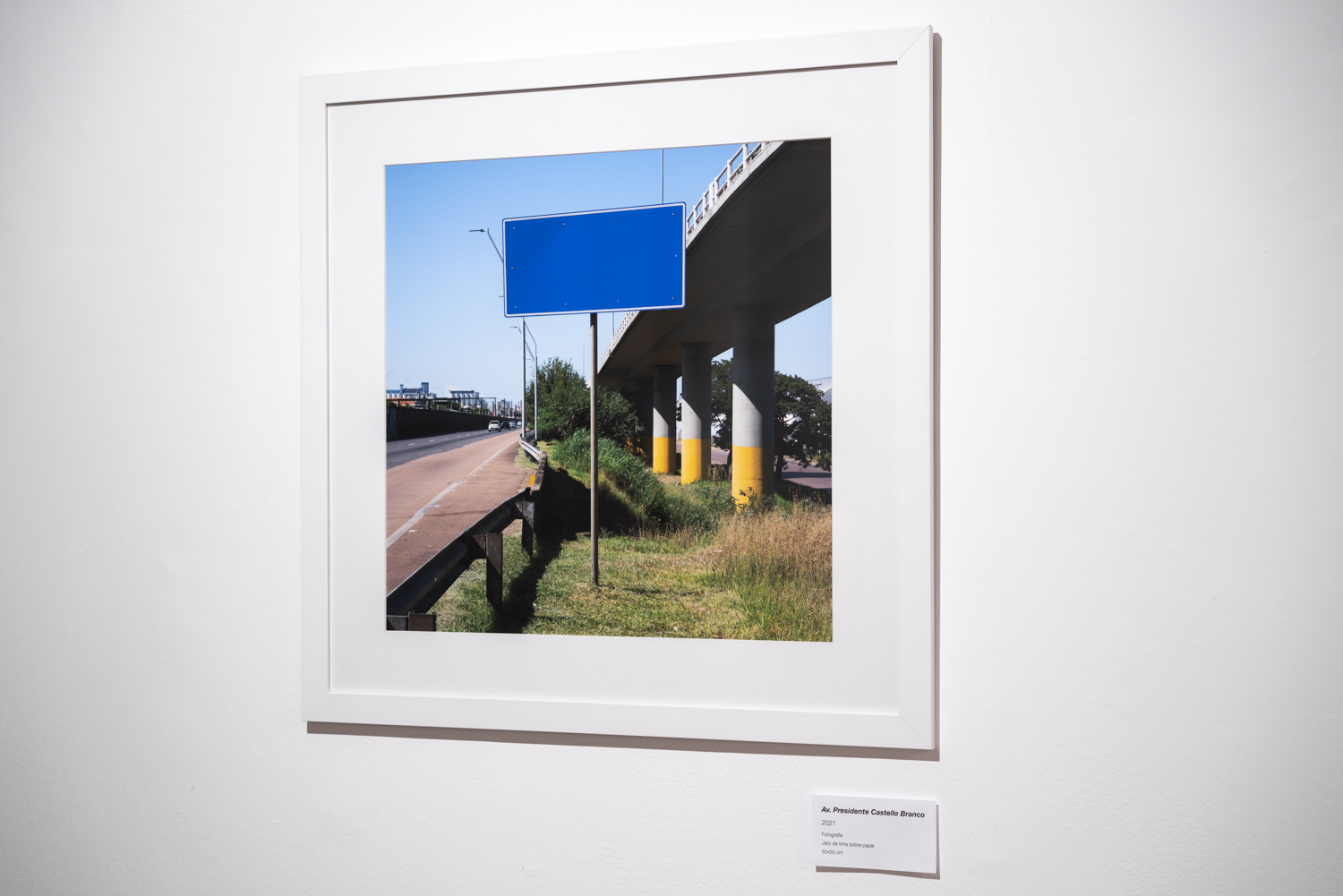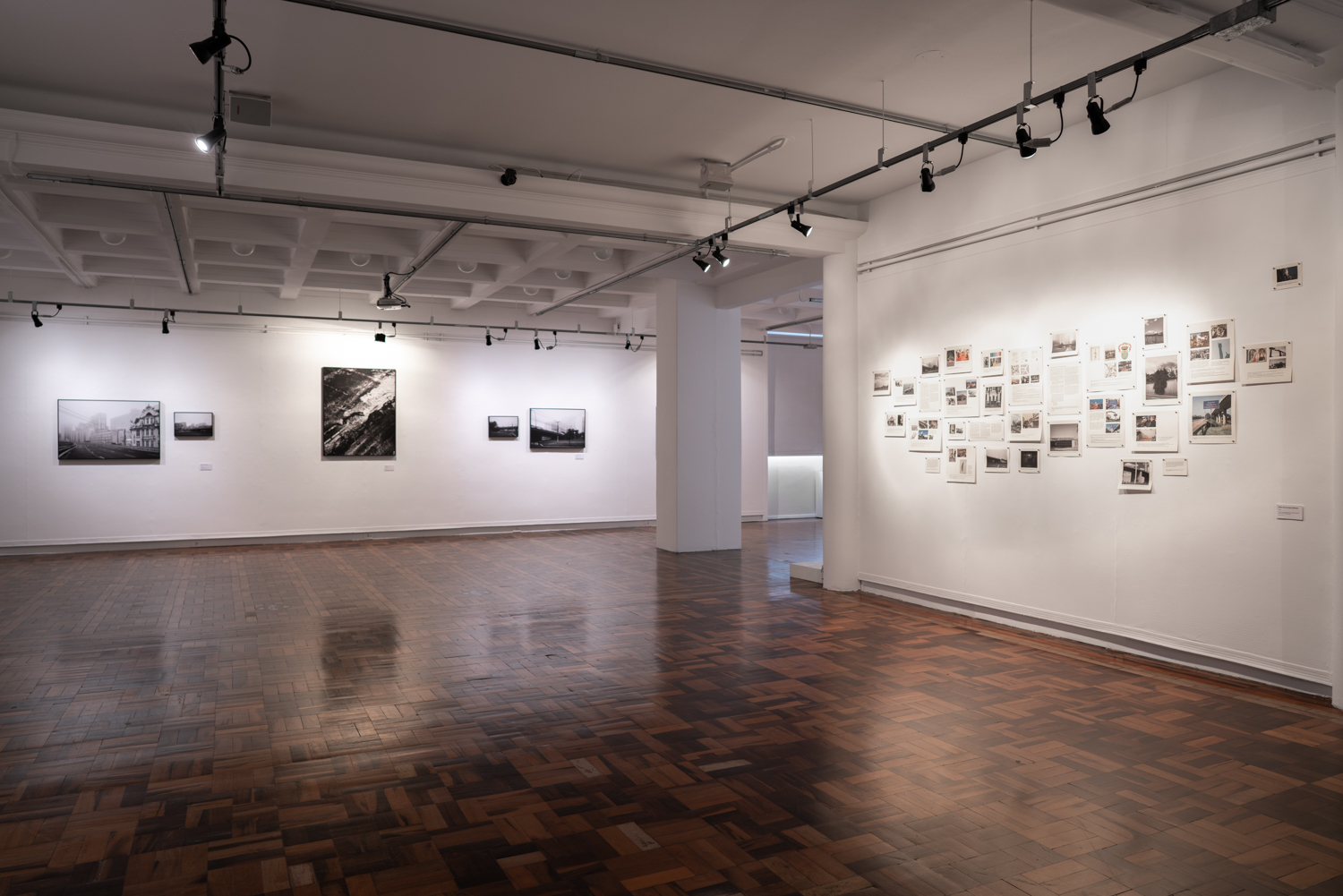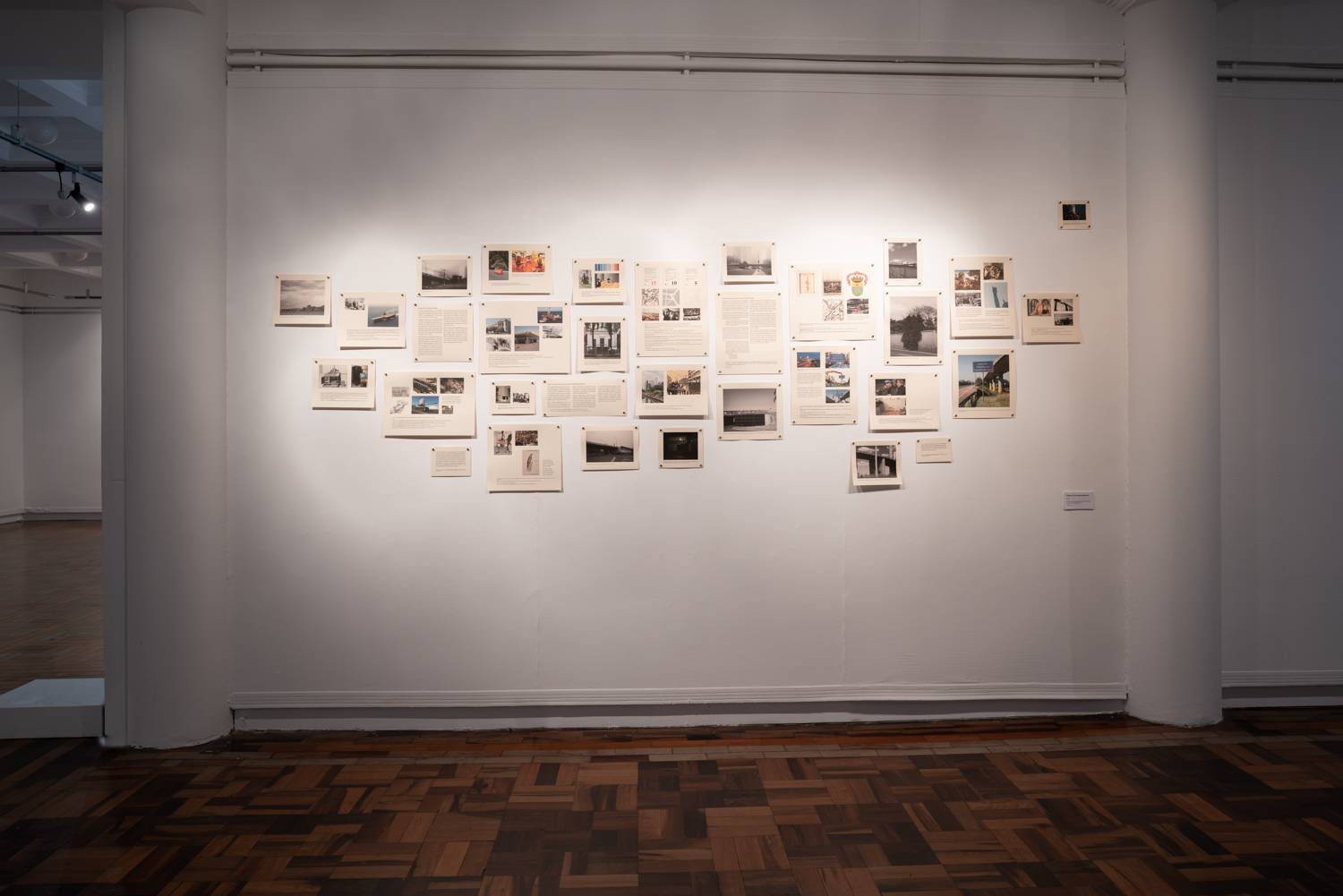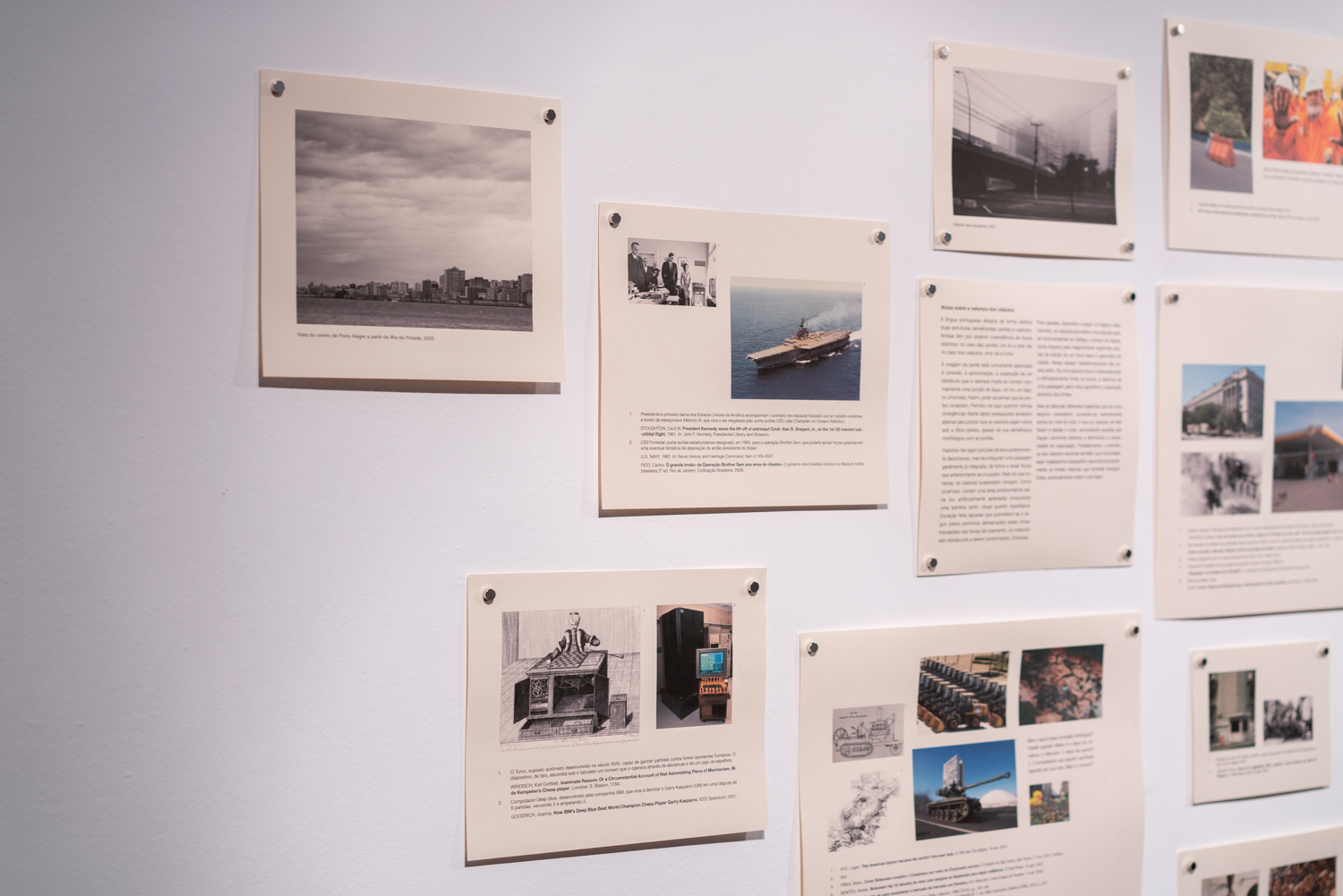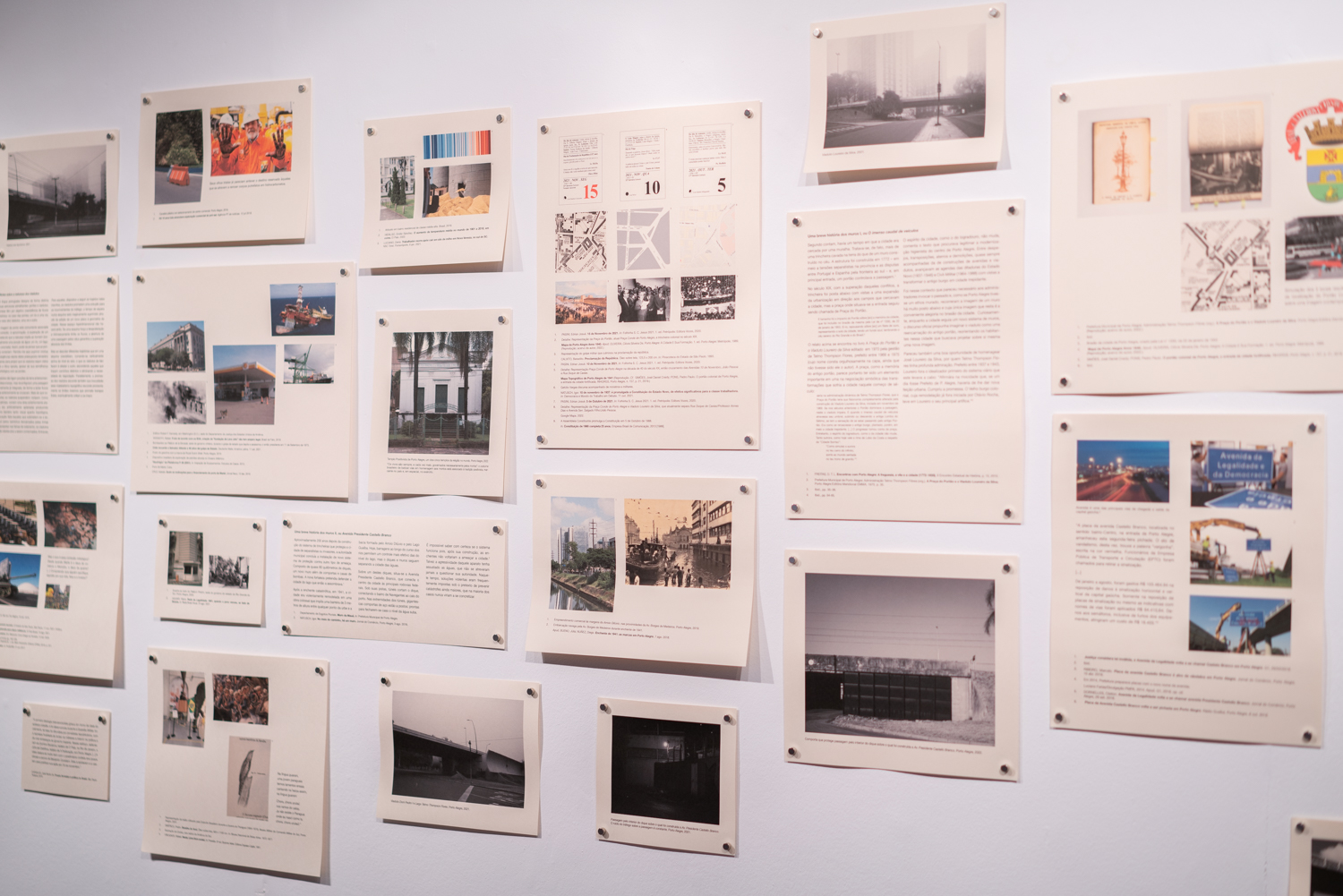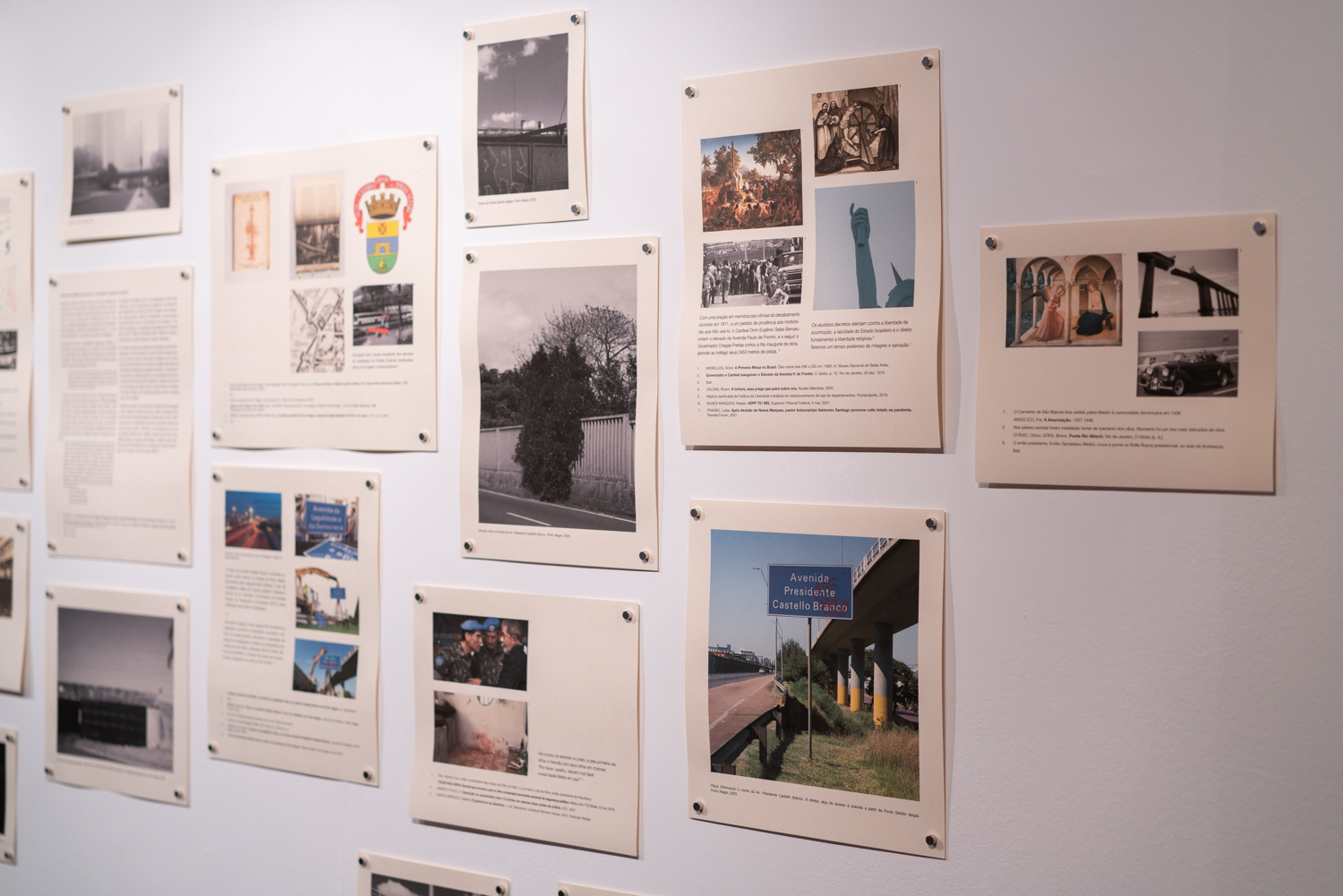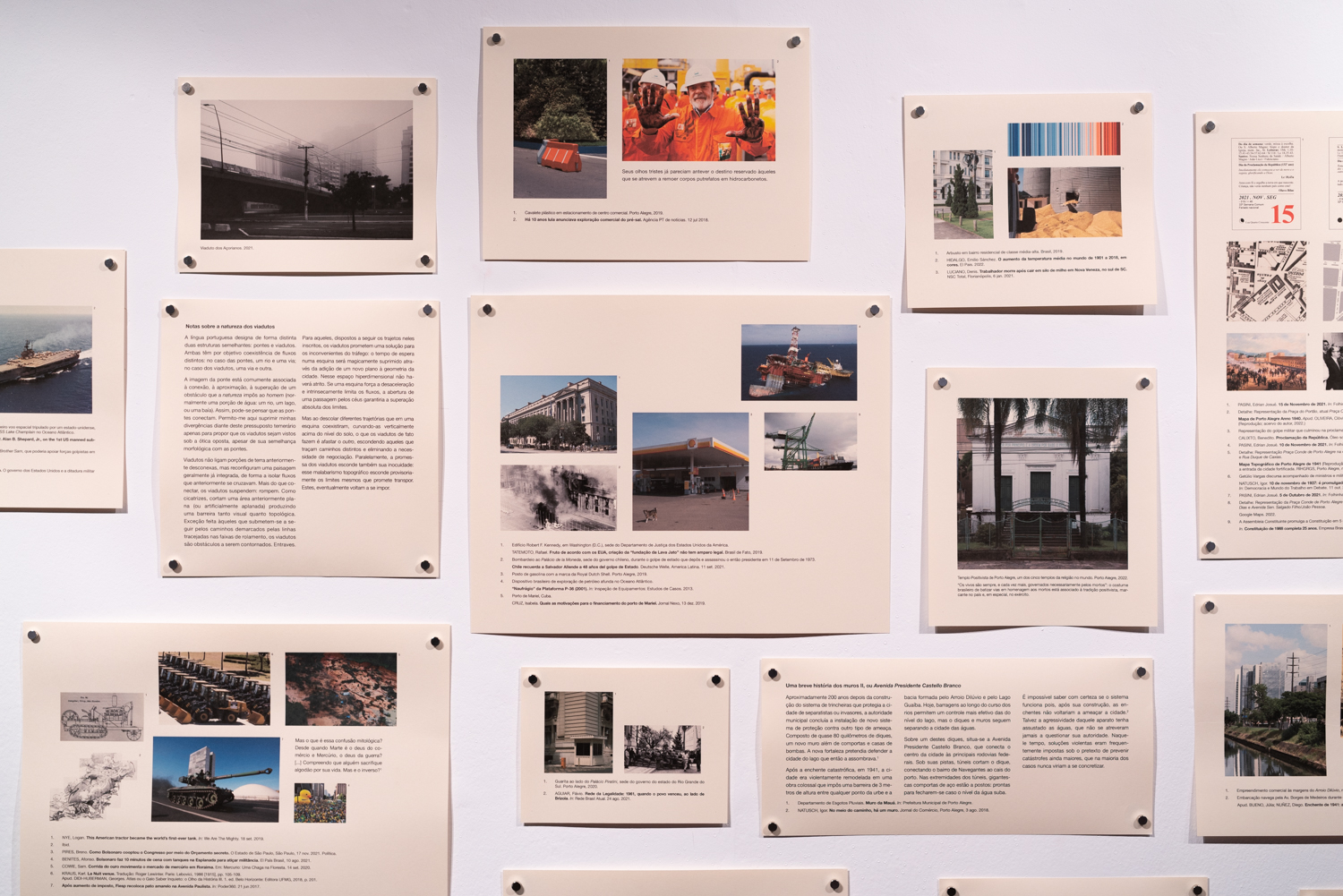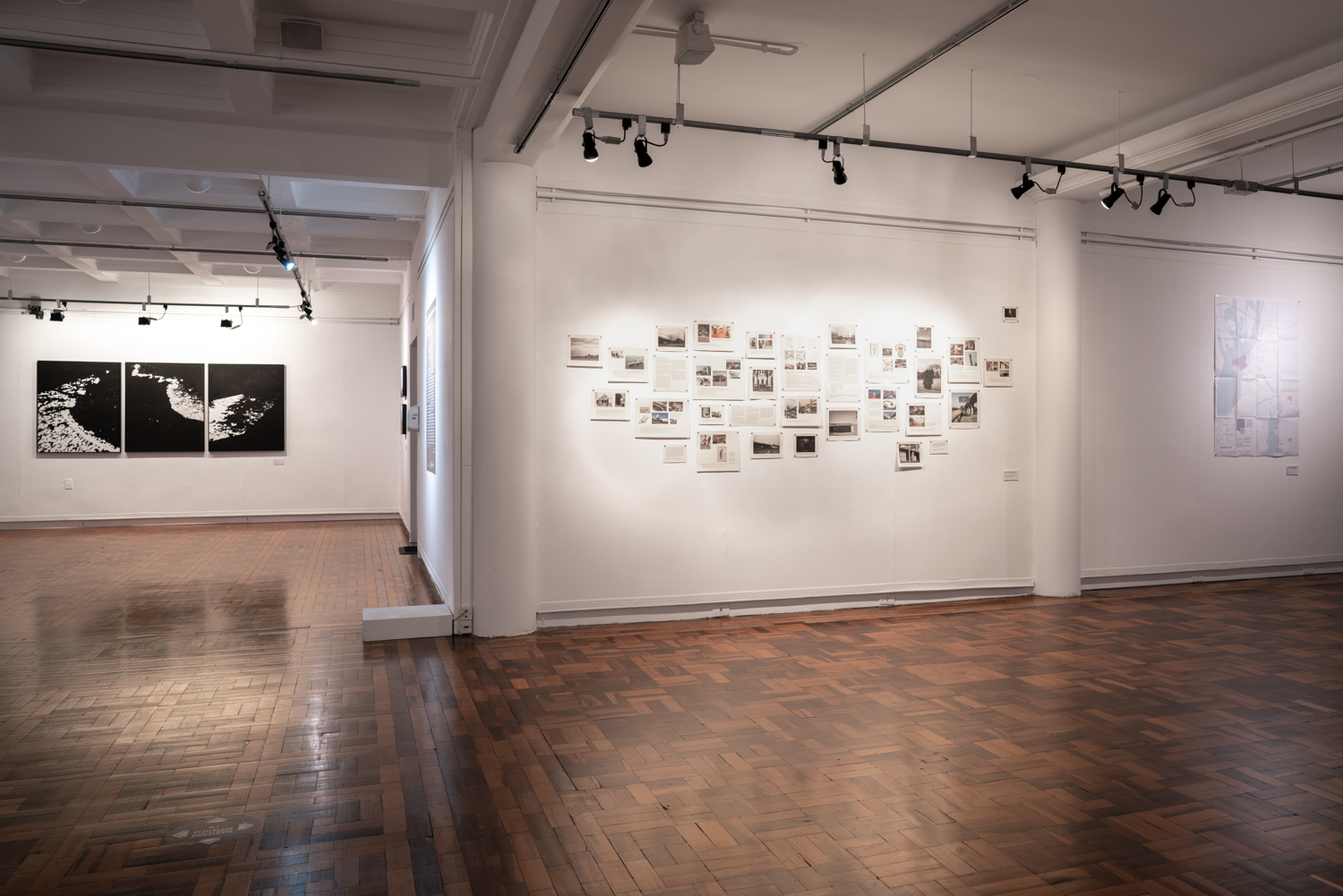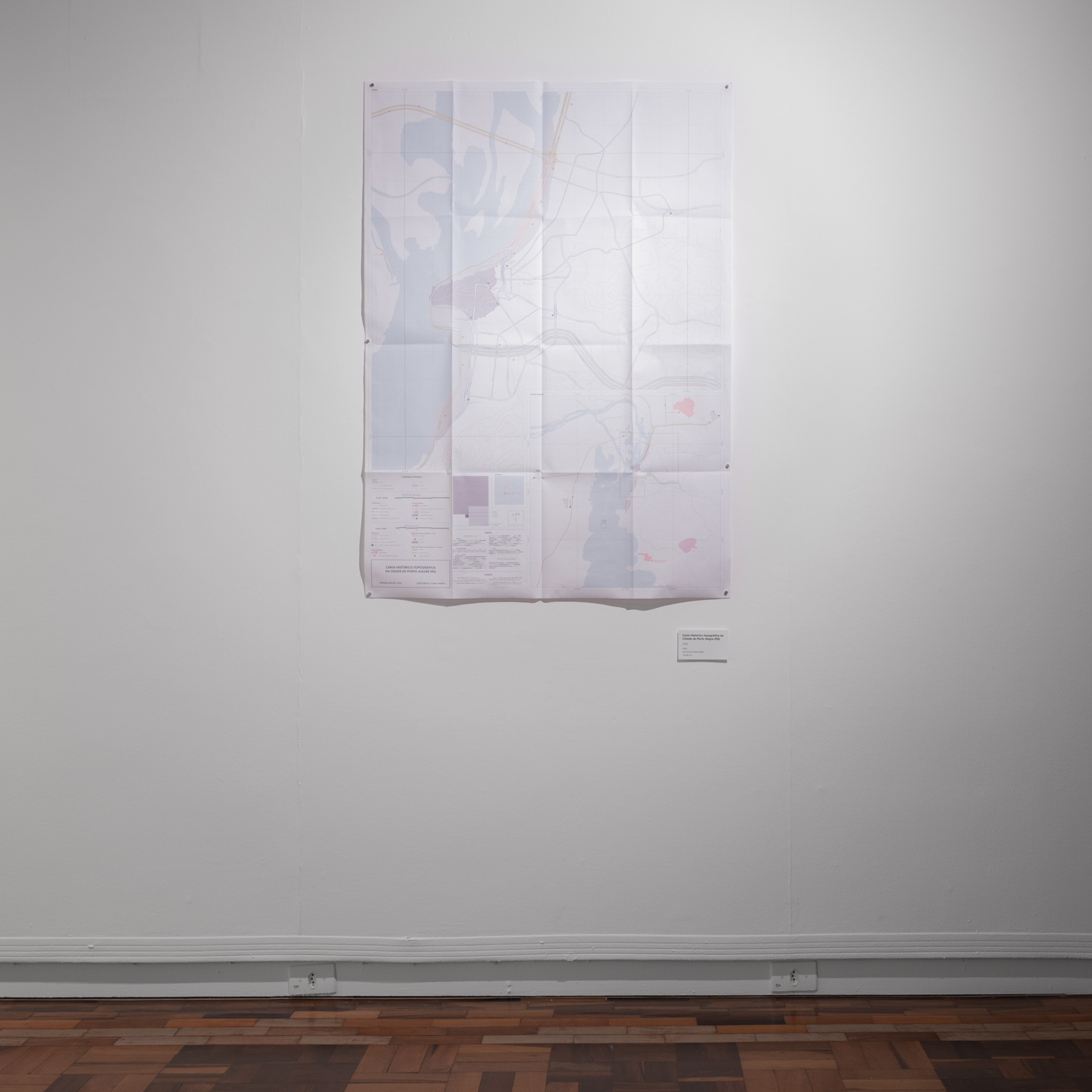Inquérito de Testemunhas Concretas (2022)
Concrete Witnesses Inquiry [Inquérito de Testemunhas Concretas] is the result of a drive to investigate the survival of an authoritarian tradition in Brazilian politics through the landscape of my hometown, Porto Alegre.
From the military coup that proclaimed the republic (1889) to the threats to democracy in the Bolsonaro years, the Brazilian armed forces constantly attack civil society, popular sovereignty and human rights. This work seeks to locate, visibilize and imagine symptoms of this long historical process through attention to the concrete and symbolic forms that constitute the city.
This effort takes the shape of photographs through three strategies: The first consists of the production of images that present 6 bridges built in the city during the civil-military dictatorship (1964-1985). The second pays attention to the territory of Avenue Presidente Castello Branco, the main road access to the city, which today honors the marshal who organized the 1964 military coup. The third results in abstract images showing the asphalt surface of avenues whose construction began in the period of the dictatorship of the New State's dictatorship (1937-1945) and were finished in the period of the civil-military dictatorship.
In addition to the photographs, an important part of the project is the Correspondences Panel: an ever-changing installation that puts images from Porto Alegre's landscape side by side with elements collected in a documentary research, in an effort to contextualize the structures presented in the photographs. The Panel proposes a structure where the photographs are assembled with press images, reproductions of works of art, maps and calendars. The installation also includes texts: passages from novels, biographies and textbooks, as well as essays that I wrote.
The interaction between the Panel and the photographs seeks to produce a mythological experience of the city through an ambiguous network of texts and images. In this project, ordinary elements of the landscape act as privileged points from which it is possible to contemplate correspondences widely dispersed in time and space. Thus, the Inquiry seeks to propose relationships between elements, taking a stand in the face of history and projecting new meanings on the landscape.
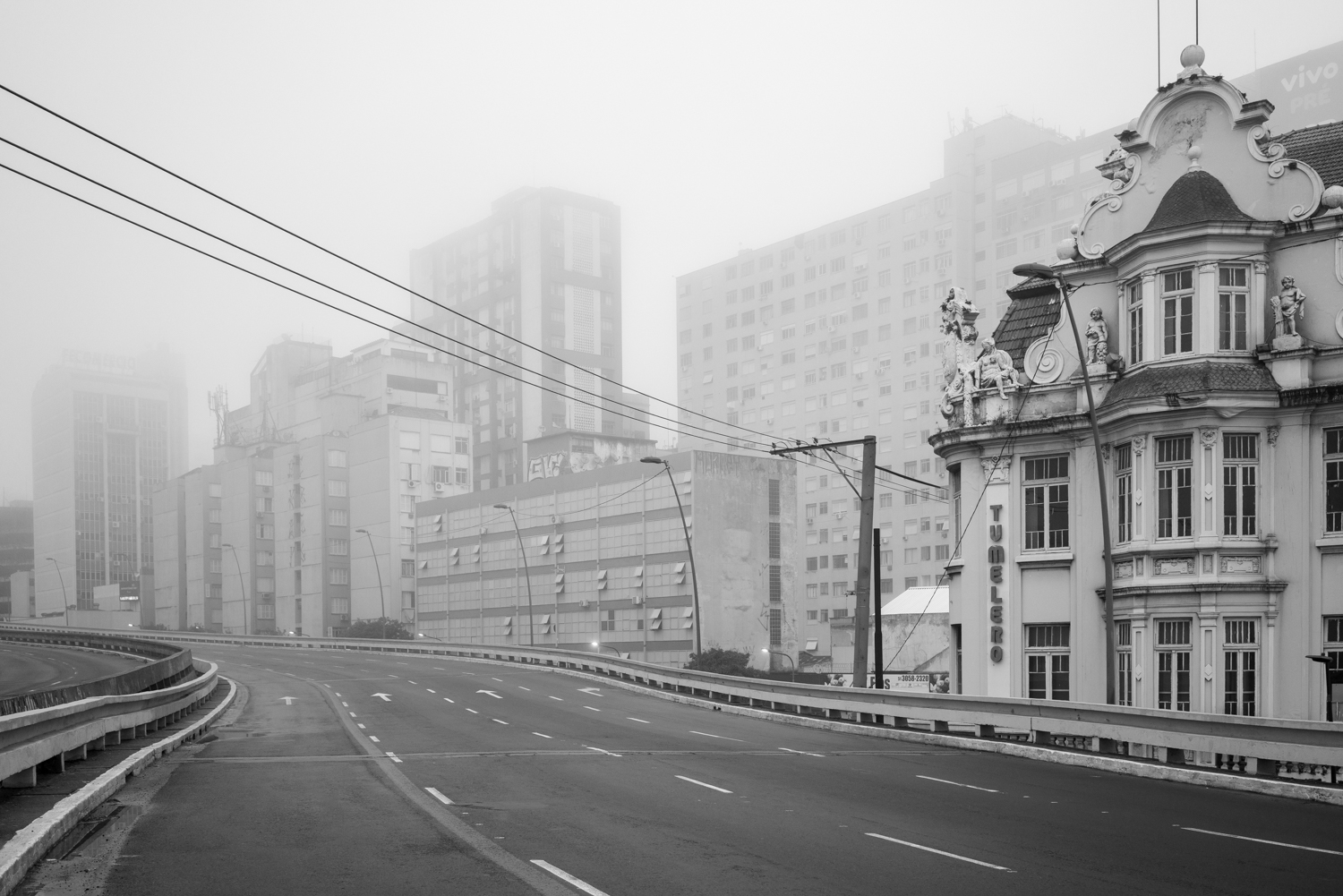
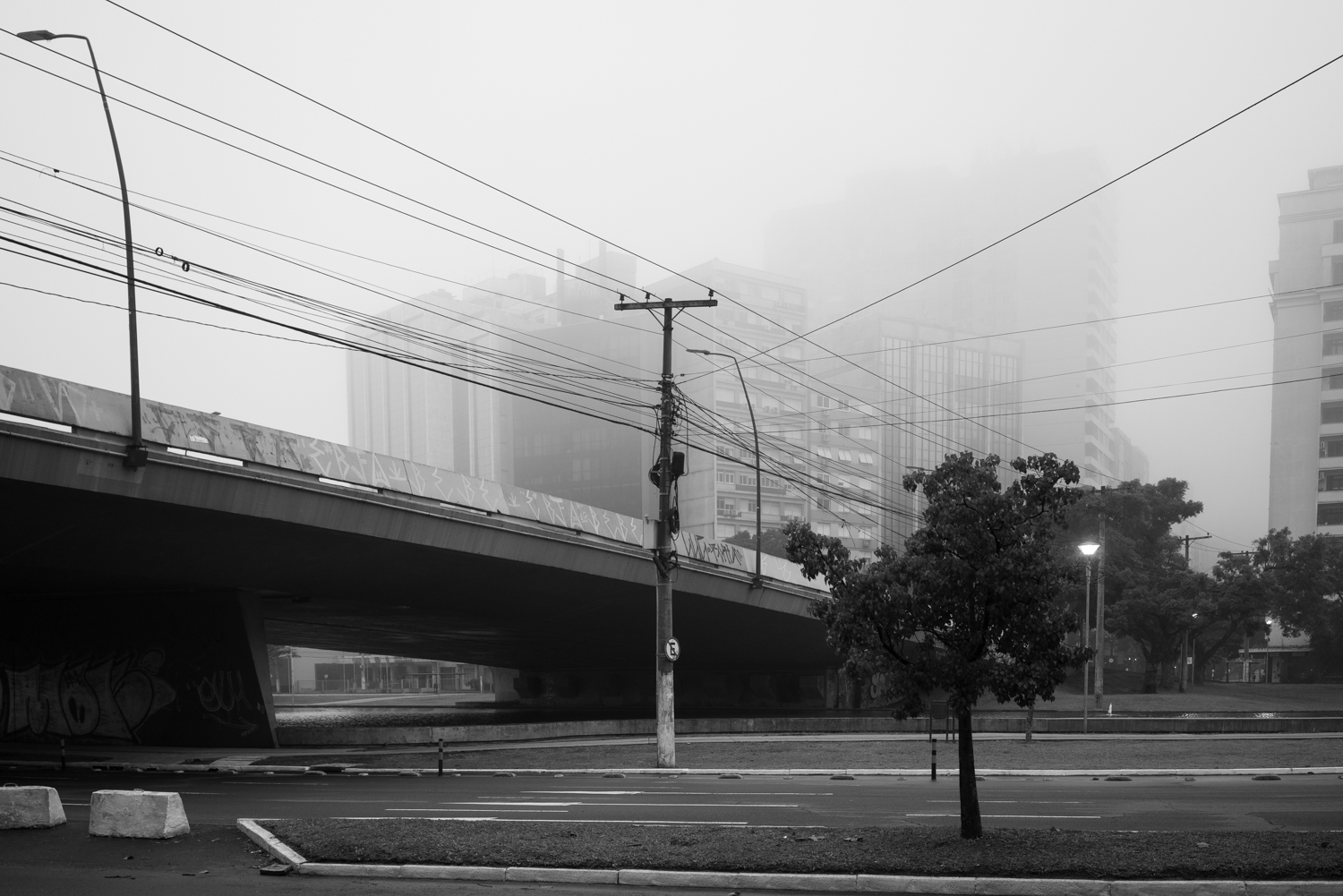
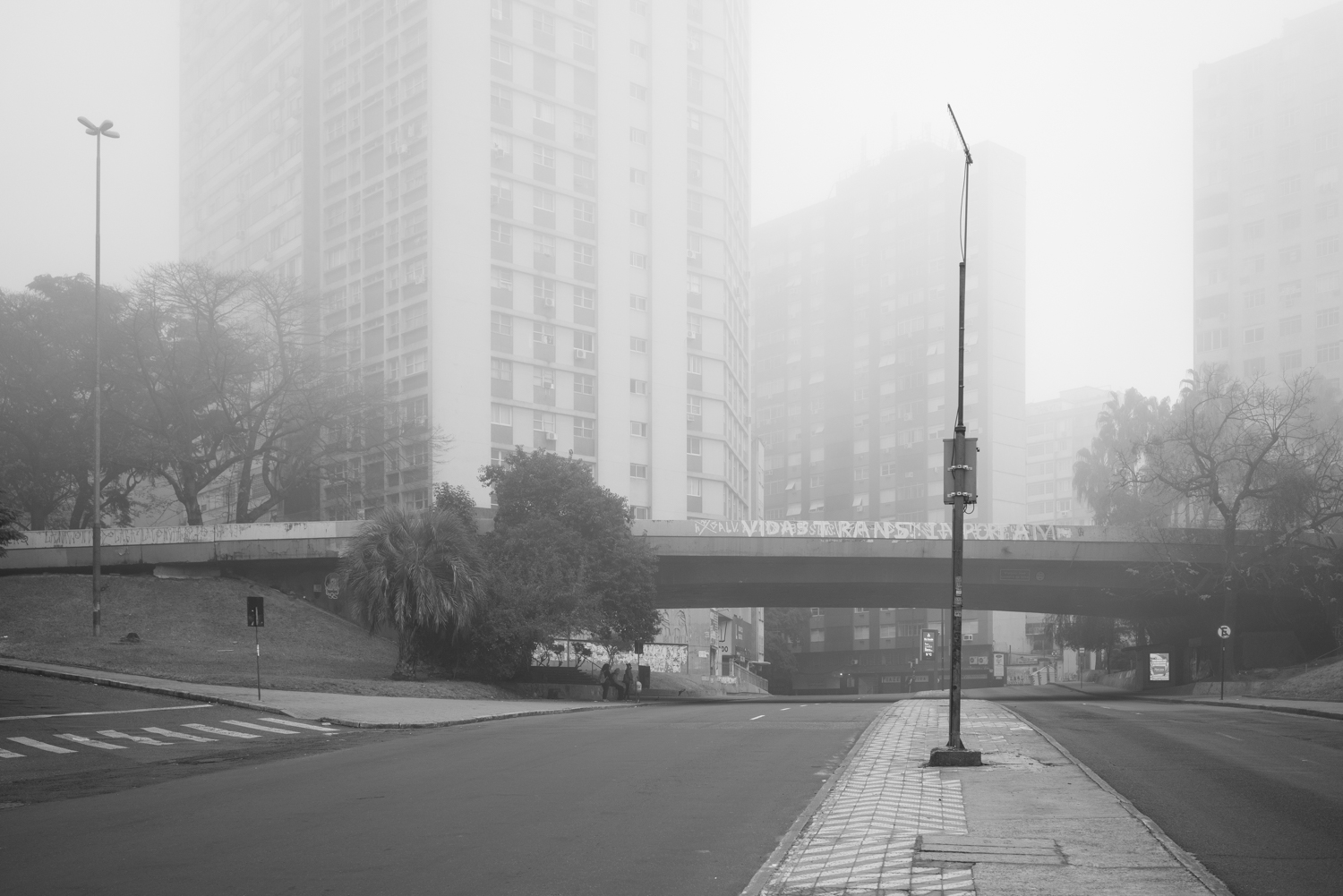
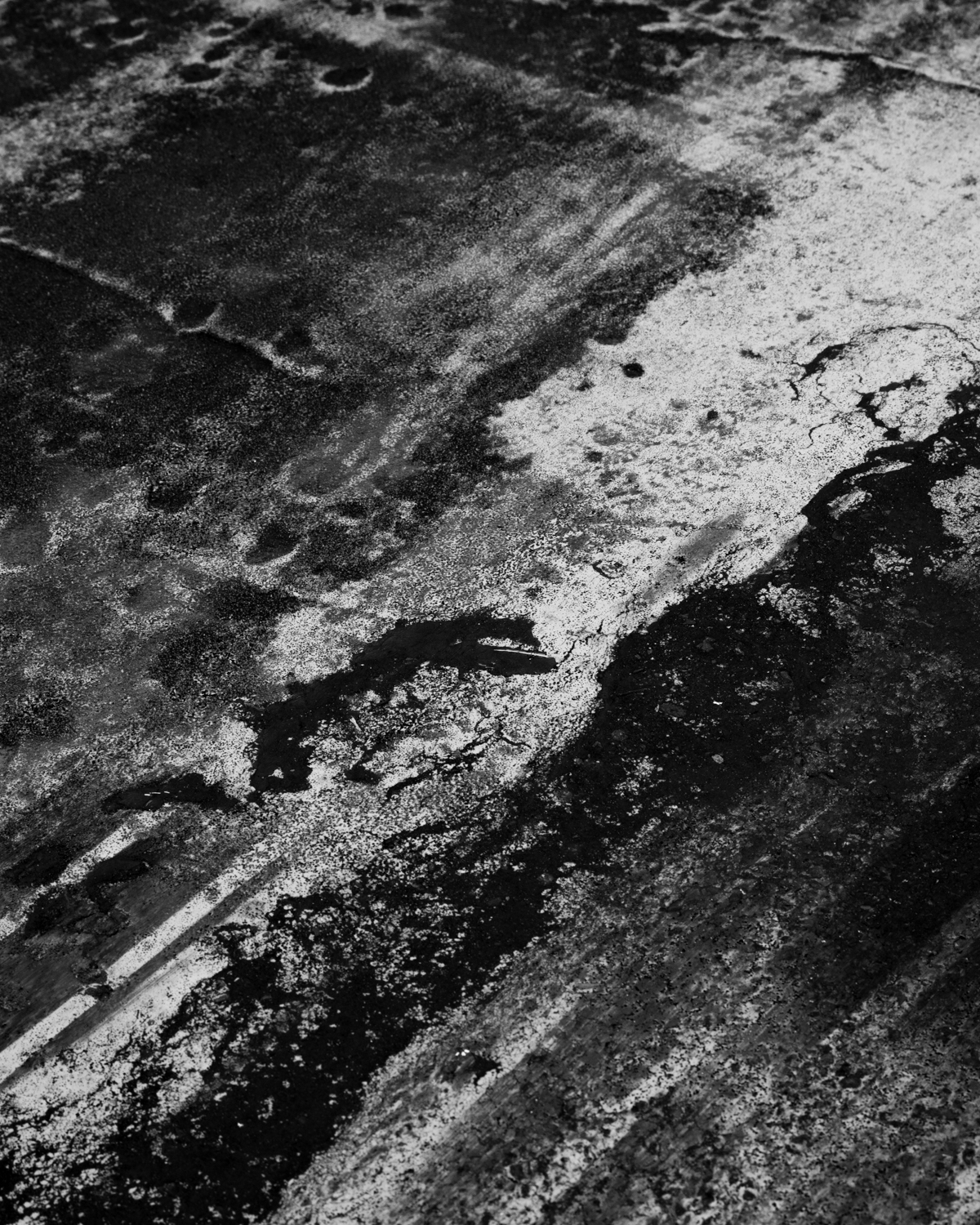
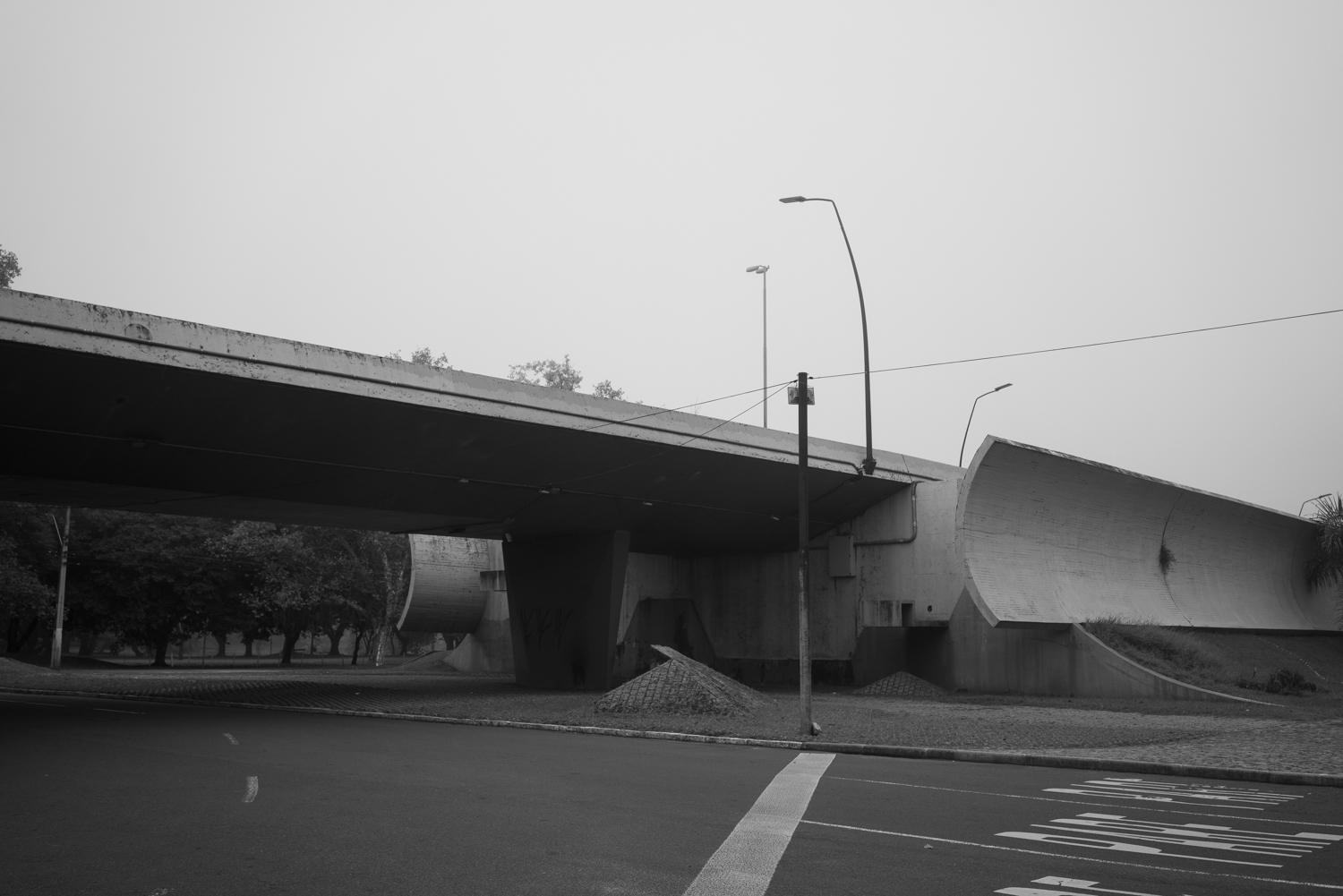
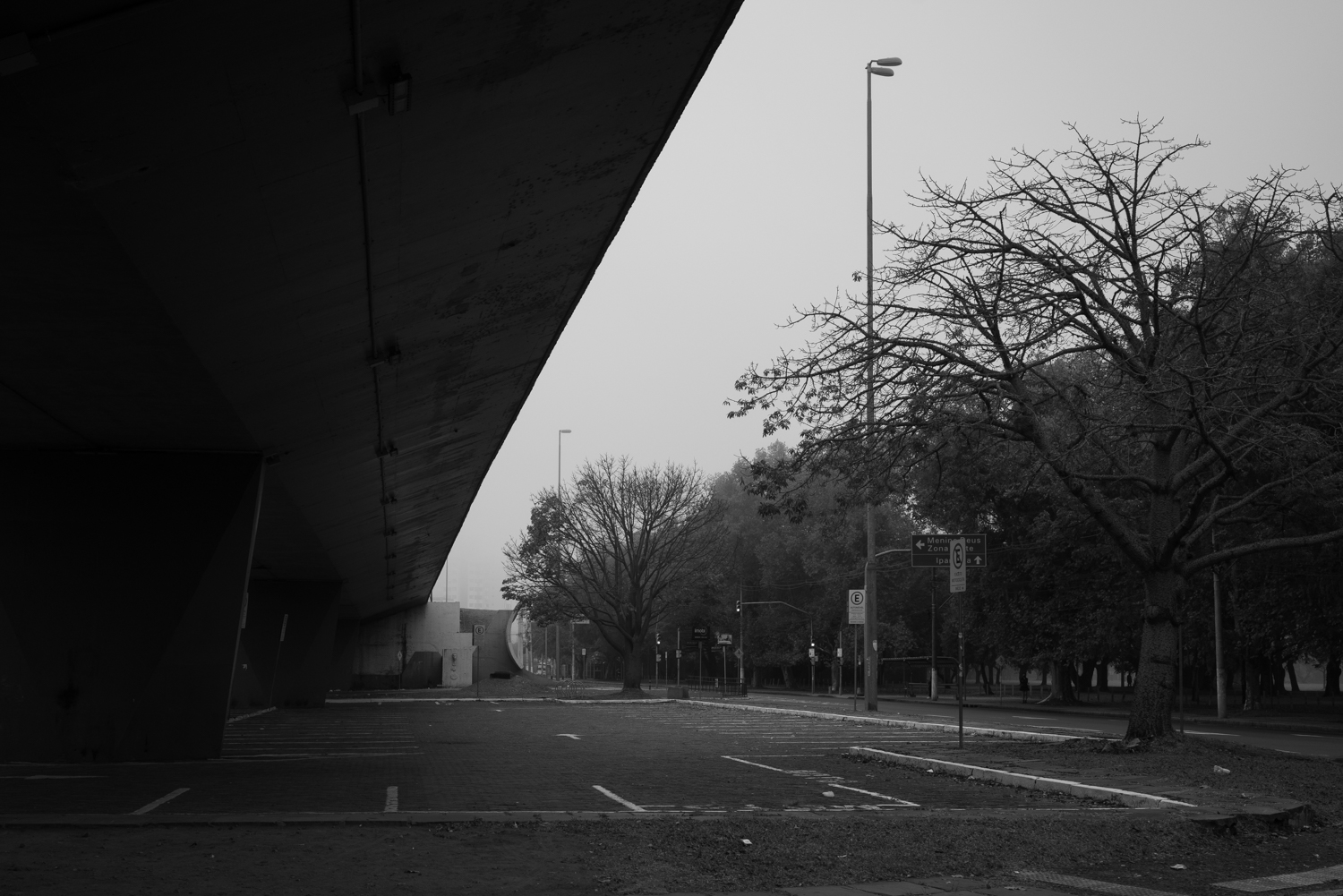
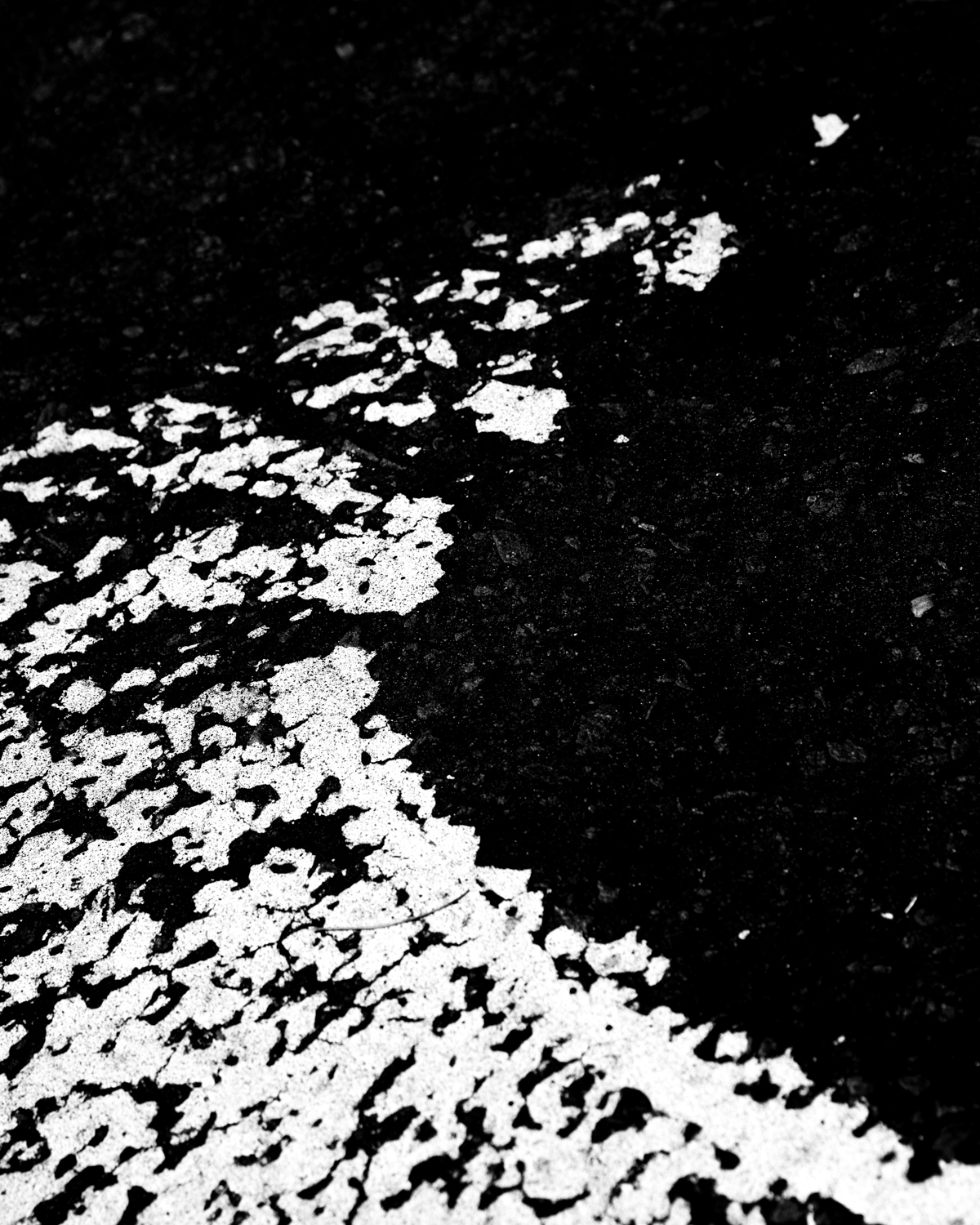
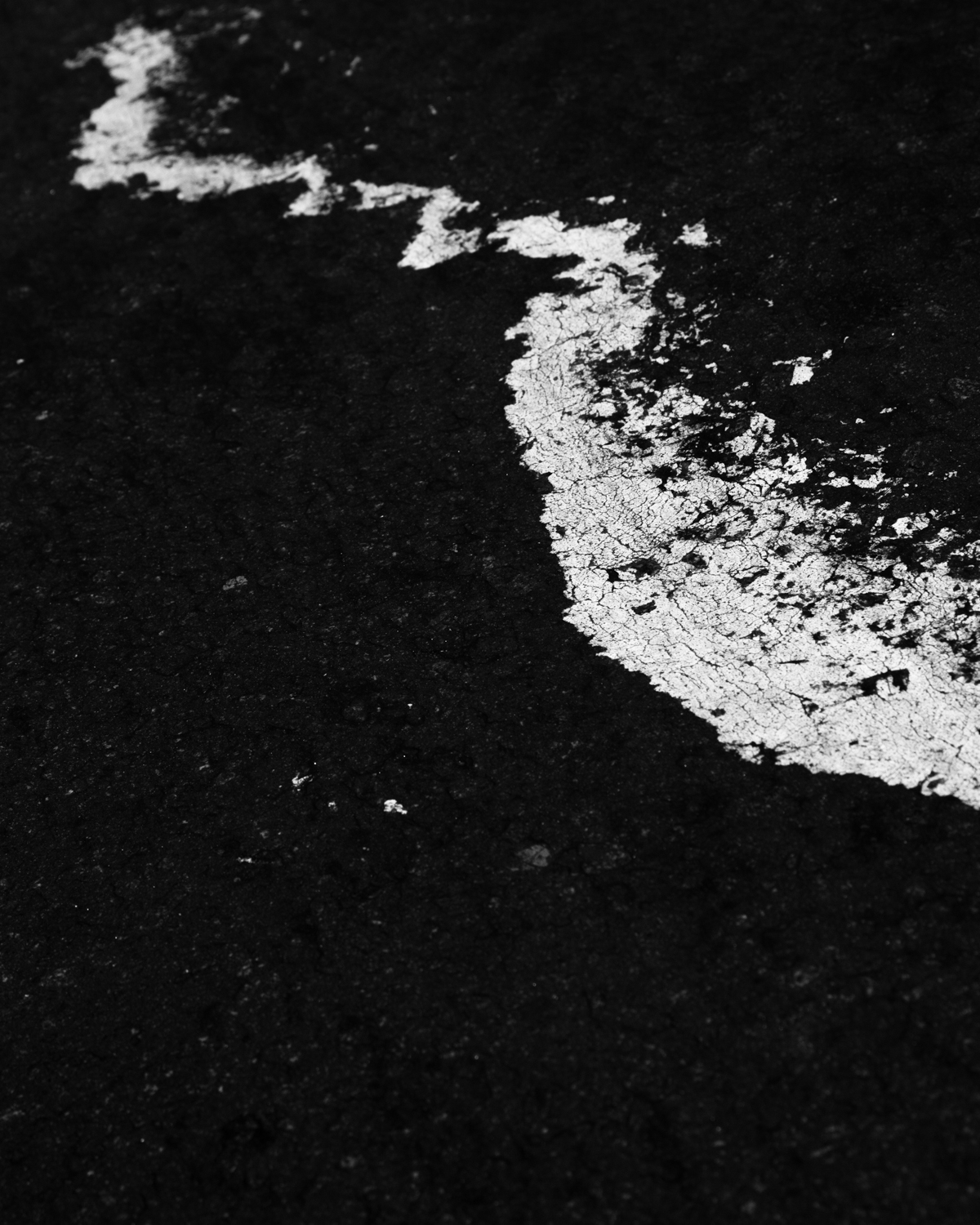
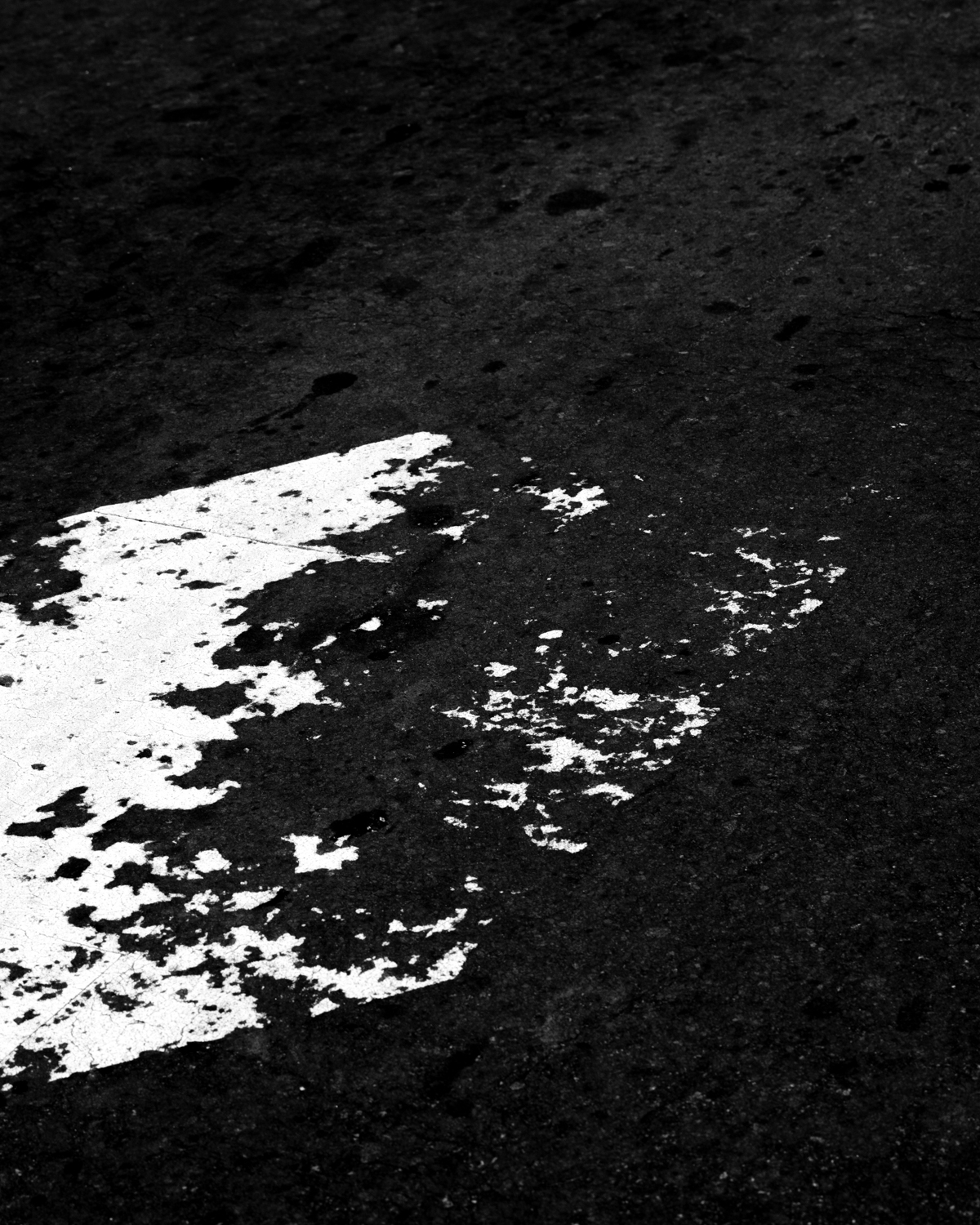
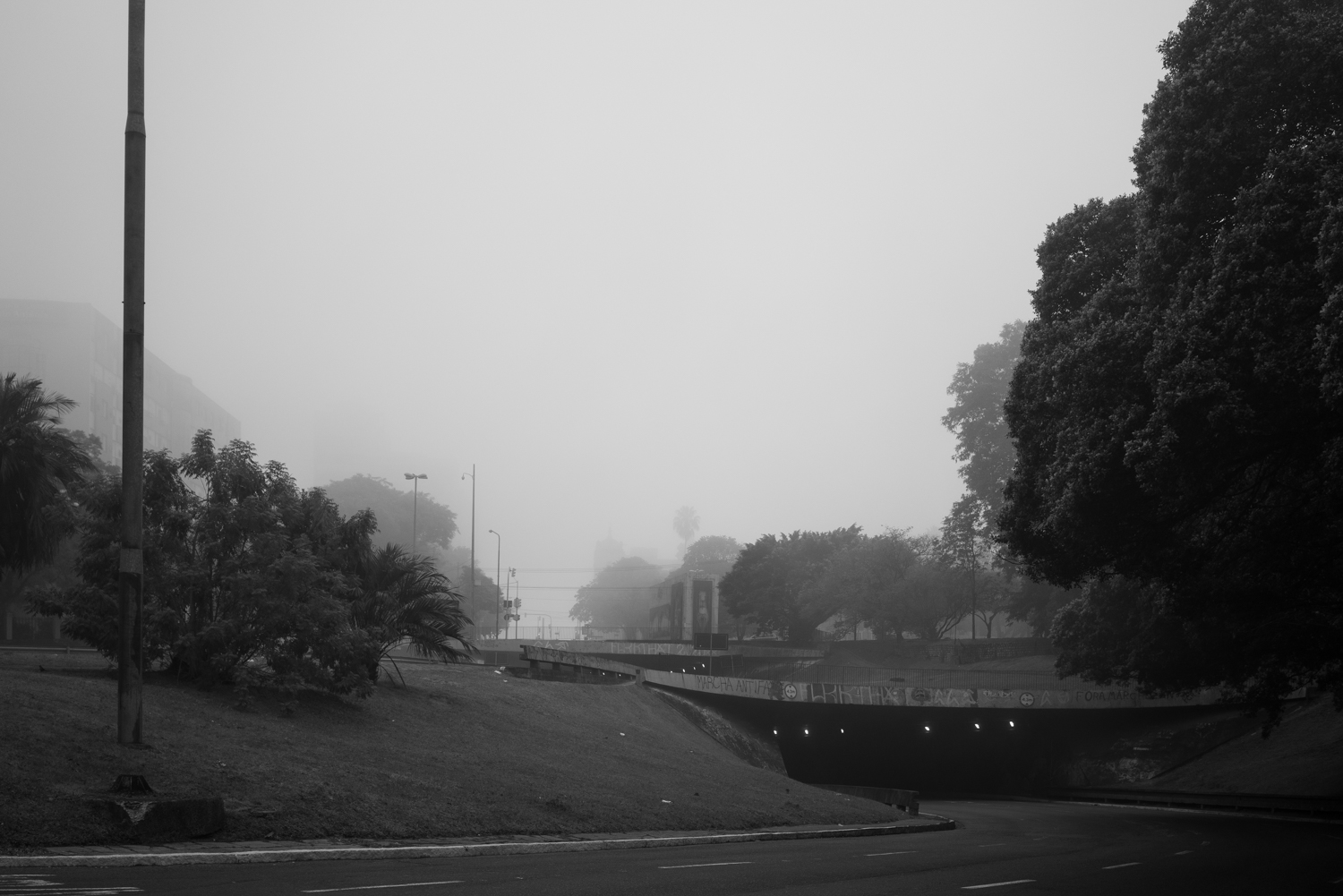
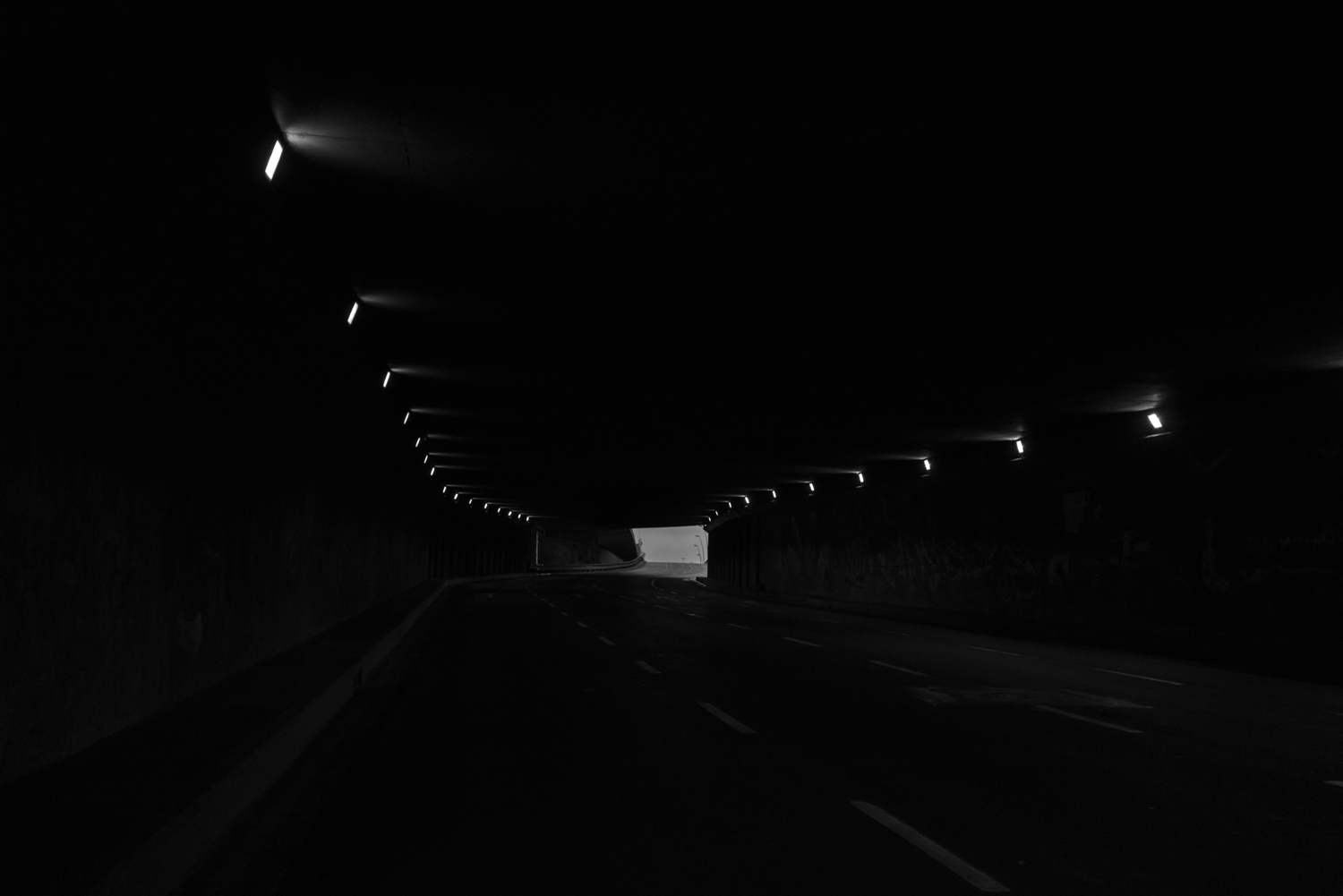
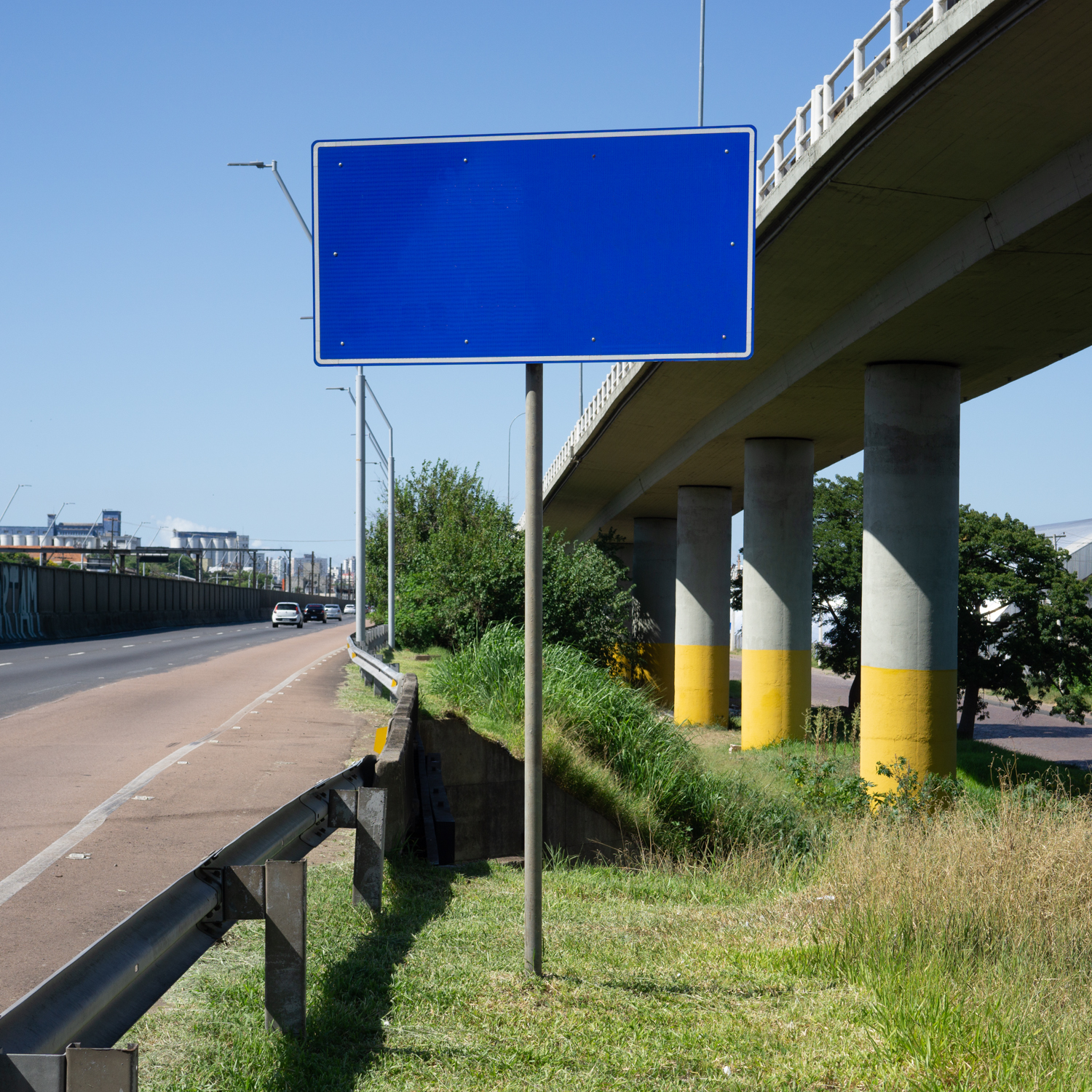
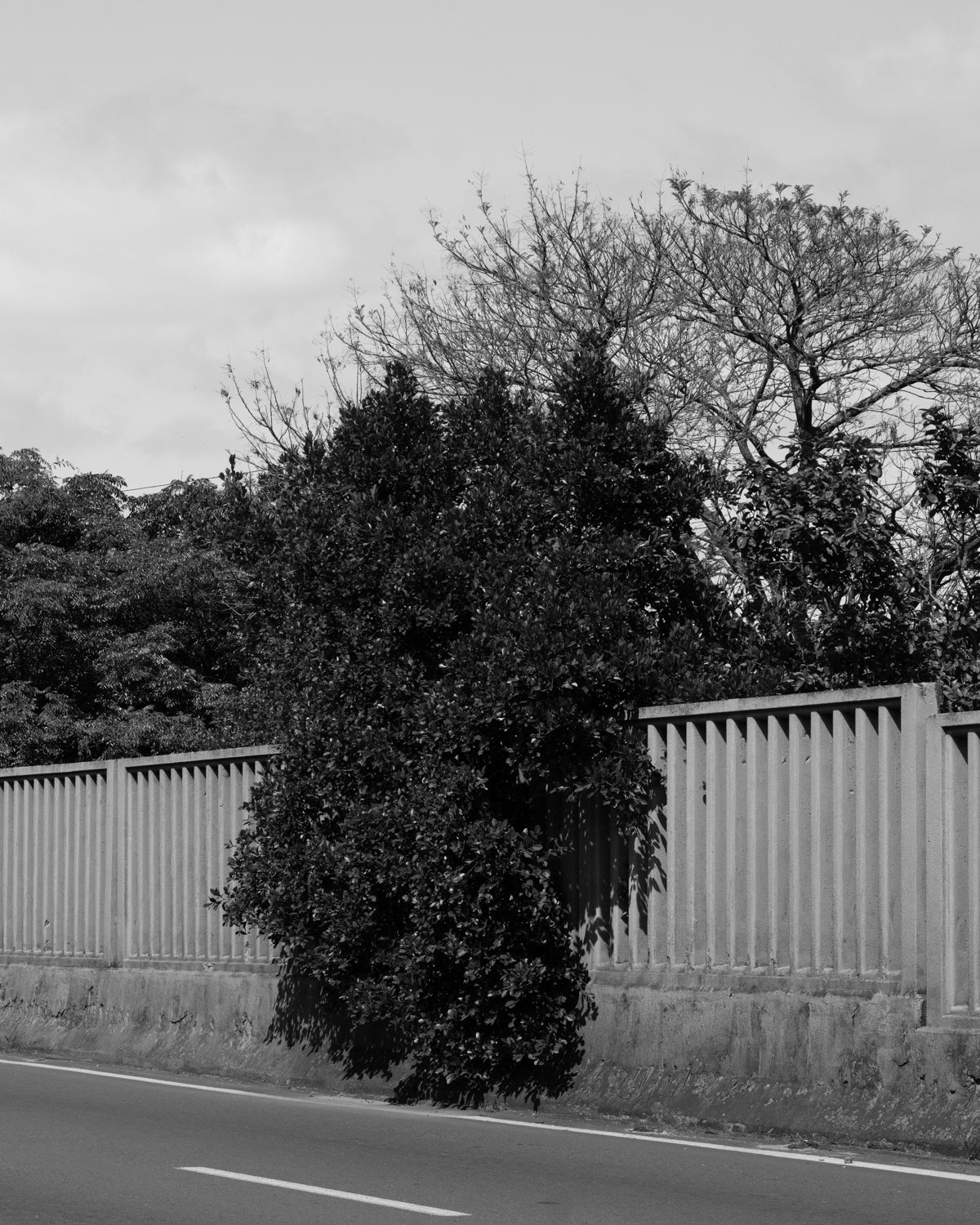
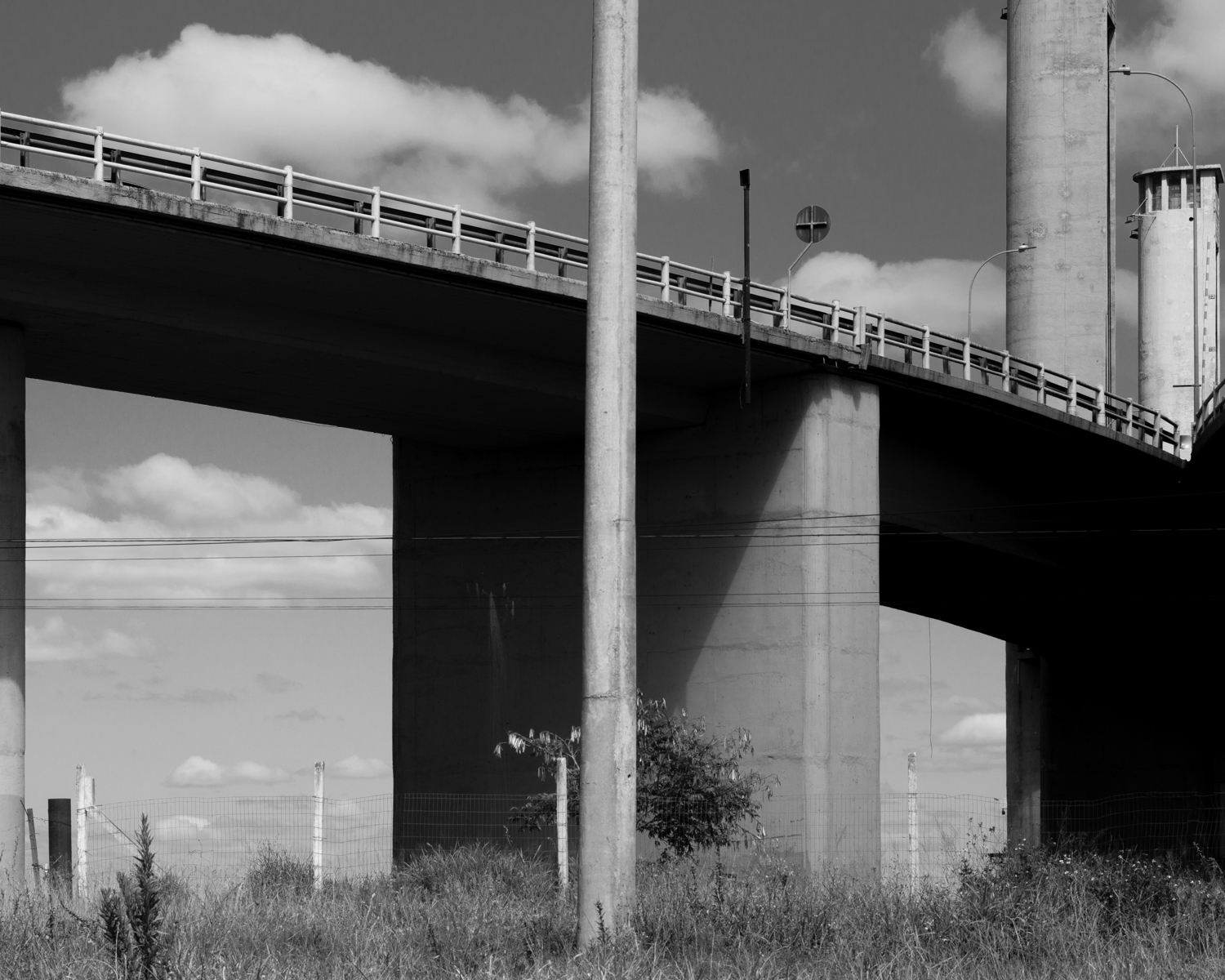
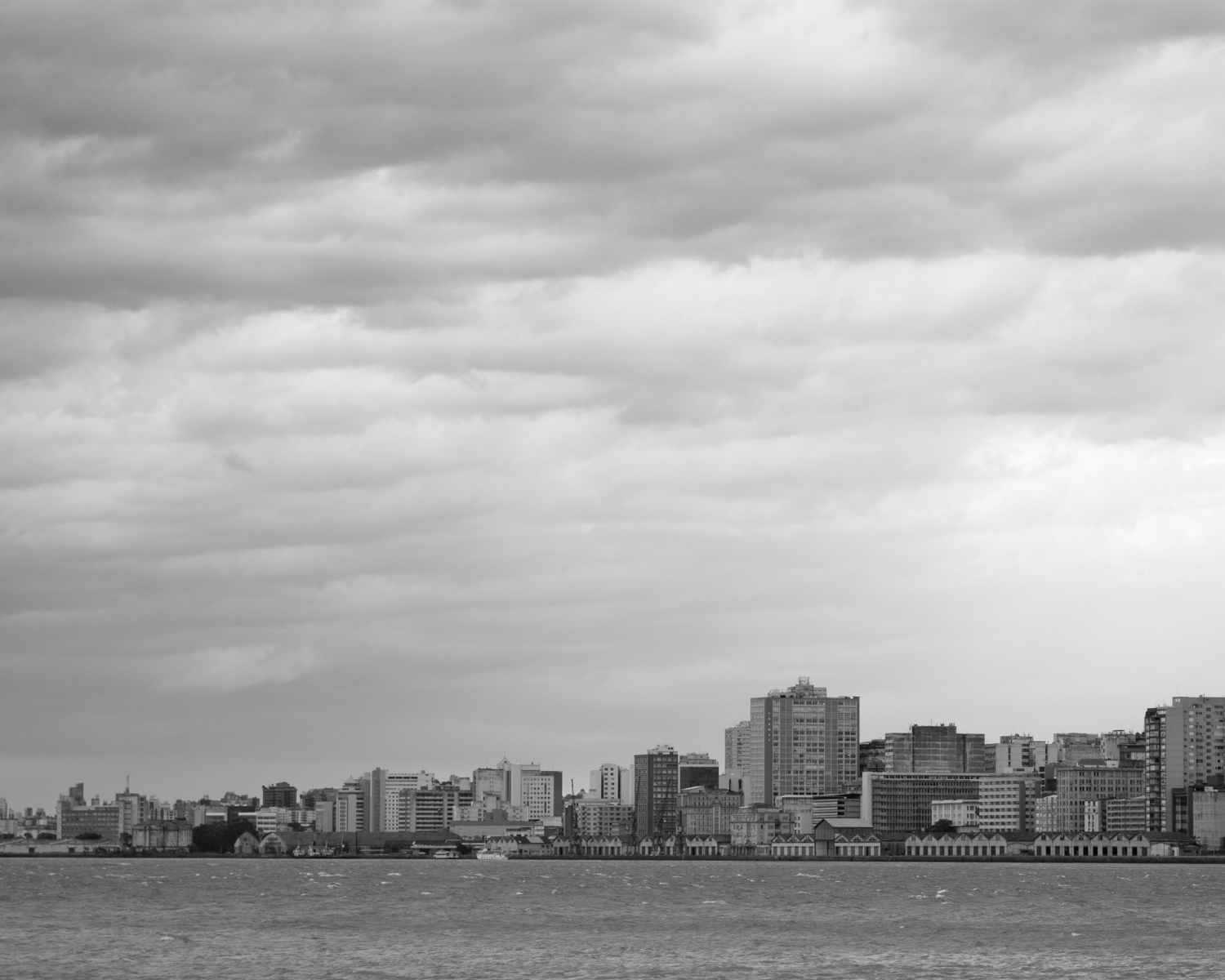
Inquérito de Testemunhas Concretas (Exposição) (02/08/2022)
Instituto de Artes da UFRGS
Pinacoteca Barão de Santo Ângelo
02/08/2022 a 26/08/2022
individual
Concrete Witnesses Inquiry [Inquérito de Testemunhas Concretas] is an individual exhibition that presented for the first time pieces from the homonymous project. Curated by Maria Ivone dos Santos, the aim of the exhibition was to make visible the survival of an authoritarian political tradition in contemporary Brazil through the combination of images of various statutes.
The central axis of the exhibition is a set of black and white photographs, printed and framed in large formats, which feature bridges built in the city of Porto Alegre, Brazil, during the civil-military dictatorship (1964-1985). Presented in a similar way are the abstract images produced from the asphalt surface of the city's major avenues, whose construction was finished during that dictatorship.
Distinctively presented is a single color image, framed and protected by glass: a digitally manipulated photographic record shows a road sign with no text. This is the work Av. President Castello Branco, whose title refers to the erased text on the sign. To this day, the name of the most important avenue in the city pays tribute to a dictator.
The Correspondence Panel is also featured in the exhibition in its first public presentation. In 32 yellow paper boards, fixed directly to the gallery wall with magnets, this installation presents images and texts of different origins, in an effort to contextualize and put into correspondence the bridges presented in the photographs and the historical contexts that cross them.
A map, the Historical-Topographical Map of the City of Porto Alegre, adds to the effort of historical imagination of the landscape. This work points out, in a carefully drawn chart, several different processes that shape the city, such as colonial and modern protection systems, highways, and Presidente Castello Branco avenue. The viaducts presented in the large format prints can also be located on the map.
Finally, the installation E-0: Design and management of a facility is also presented in this exhibition. Despite being the product of a distinct project, the work was added to this exhibition for its contribution to the reflection about intertwined nature of processes such as authoritarianism and colonialism in Latin America.
In the press:
